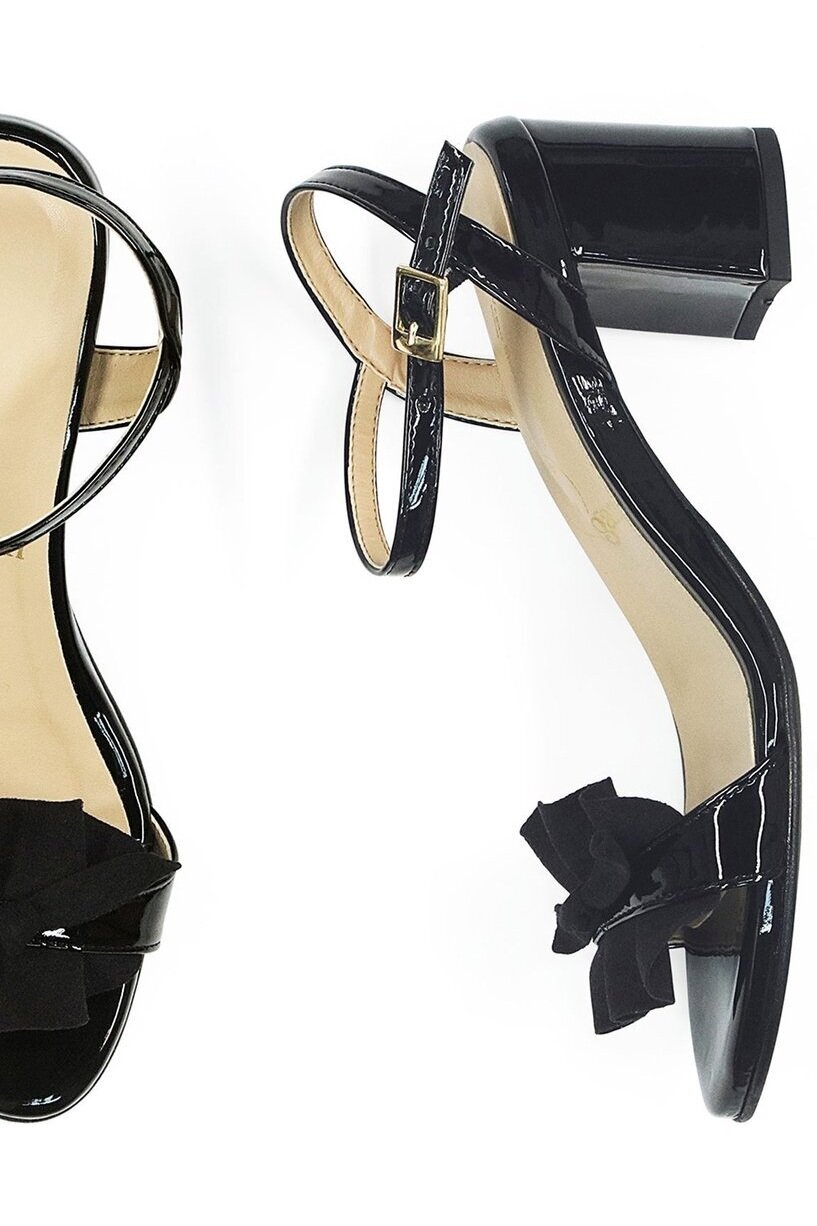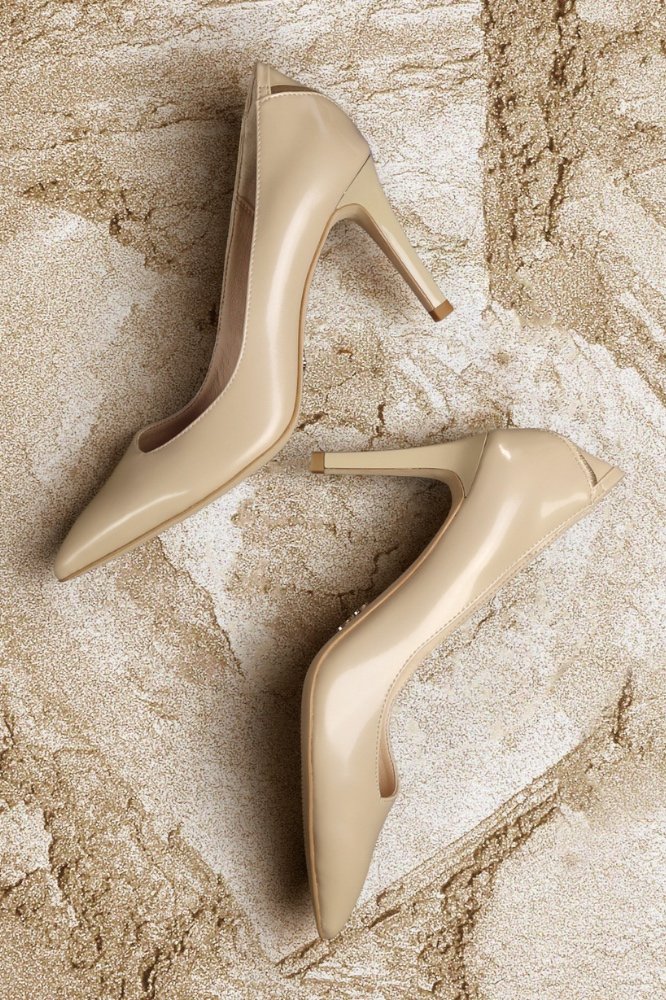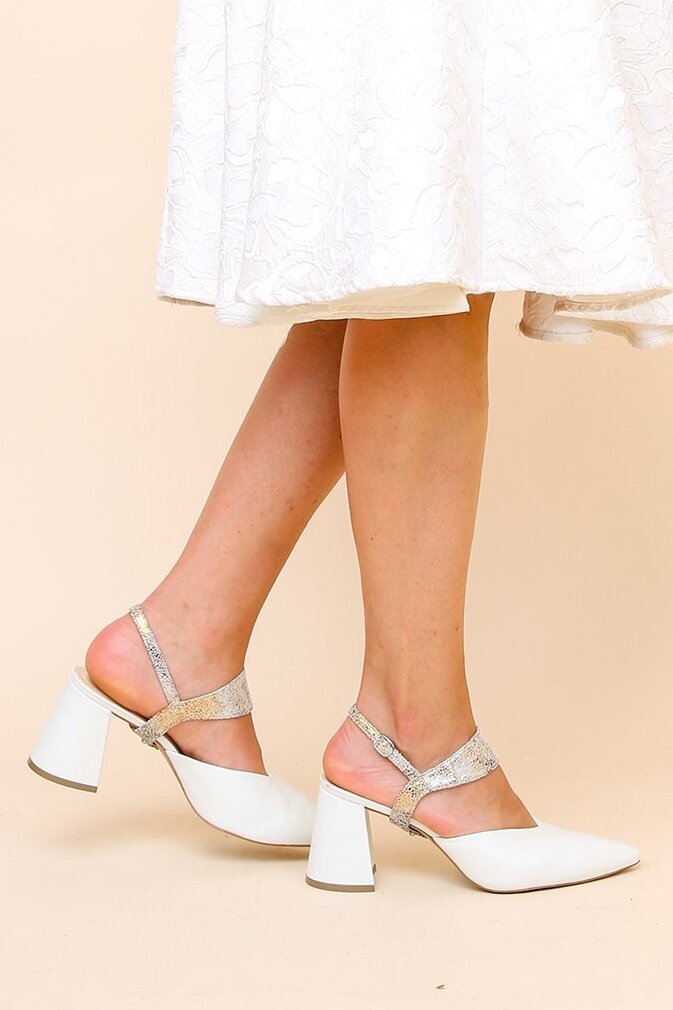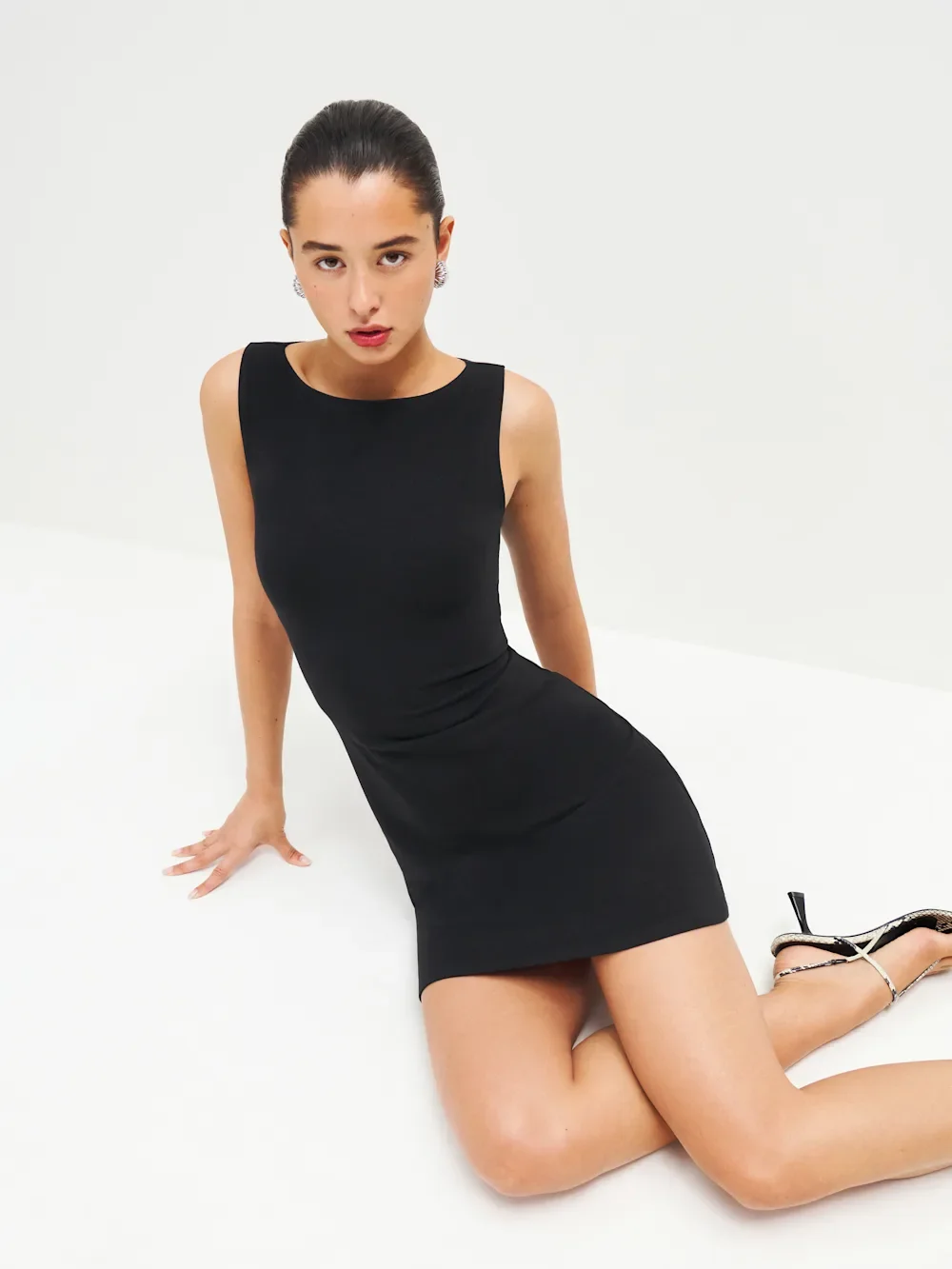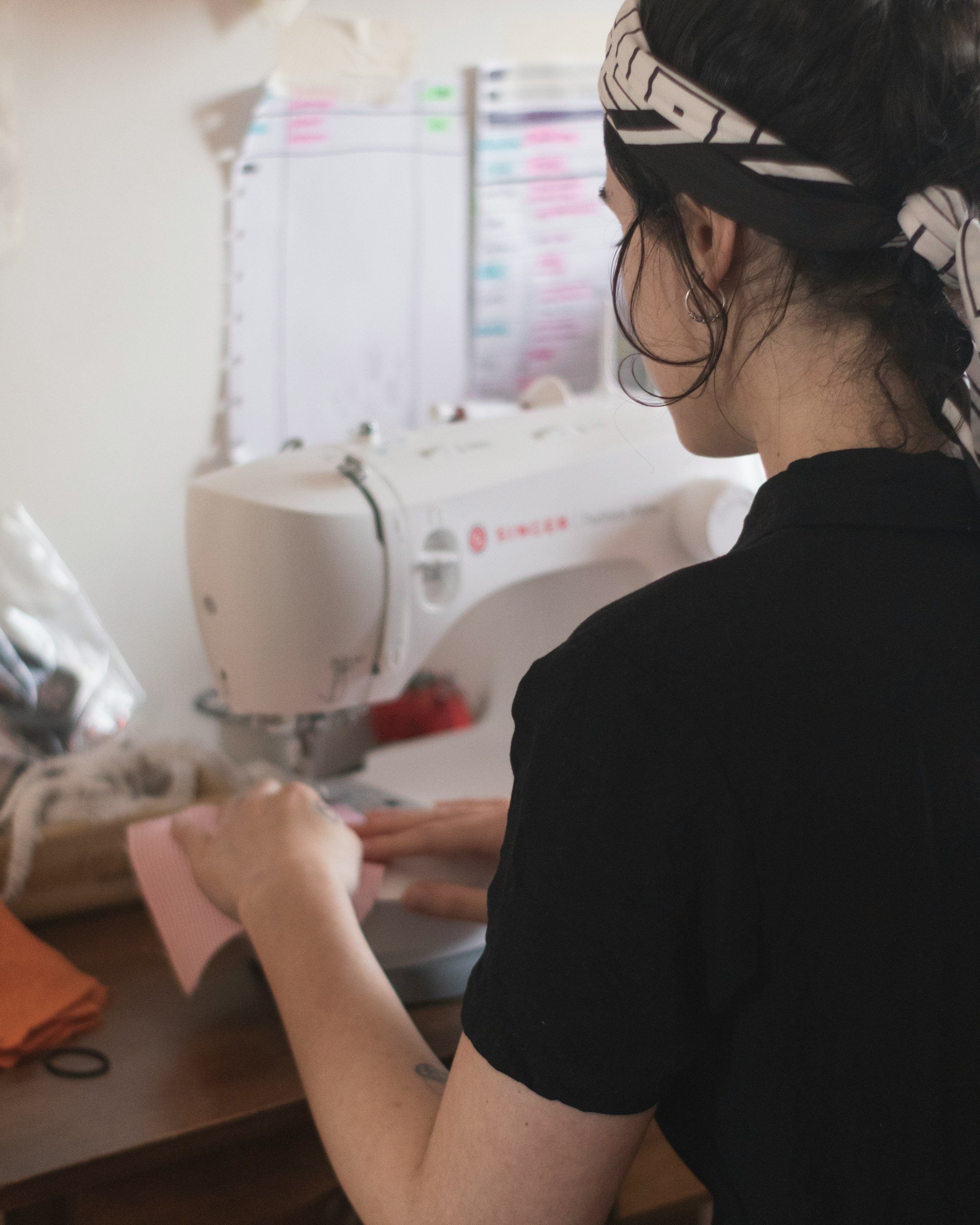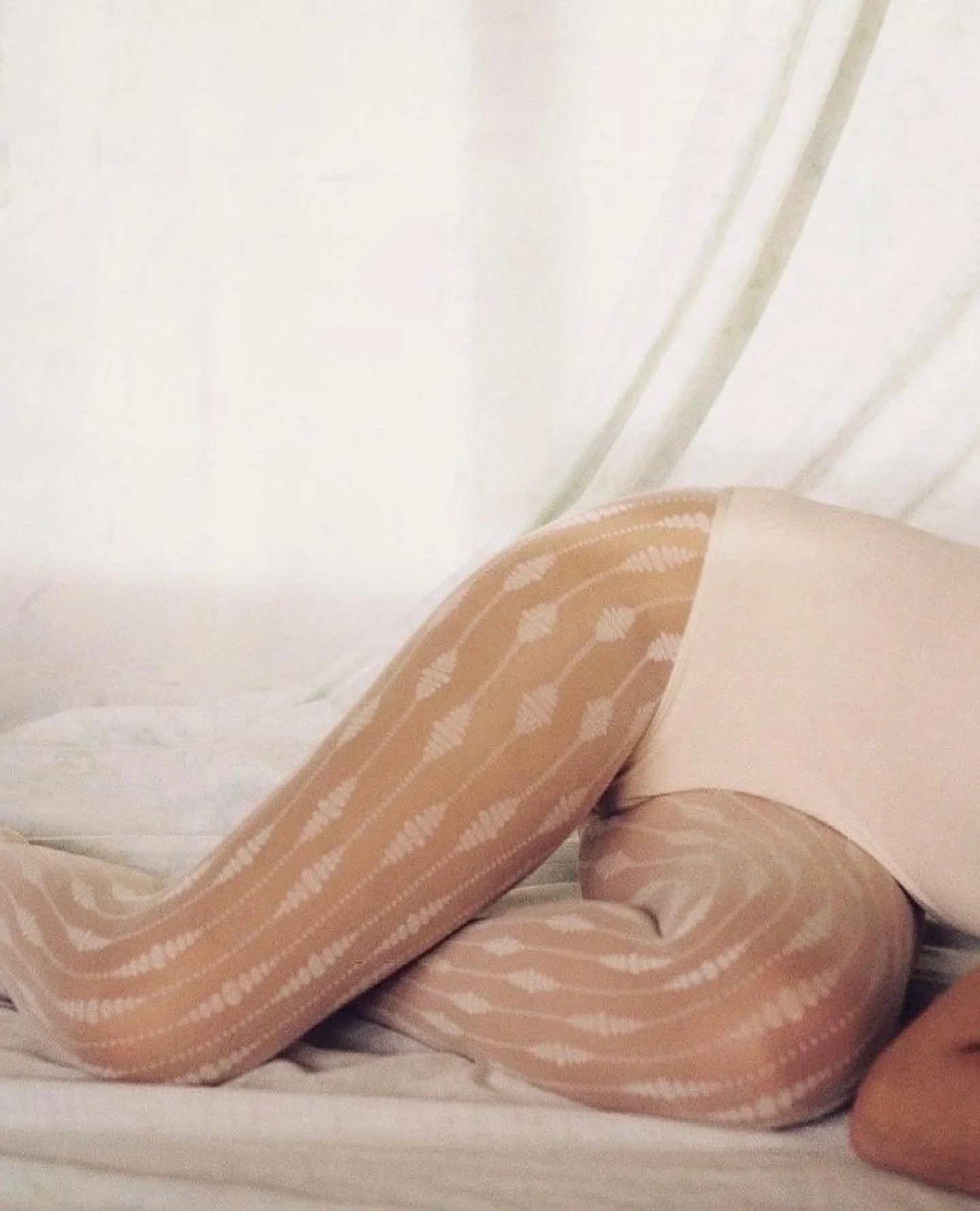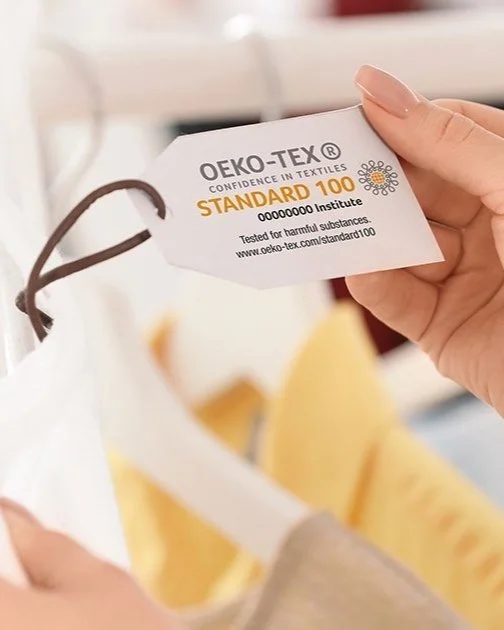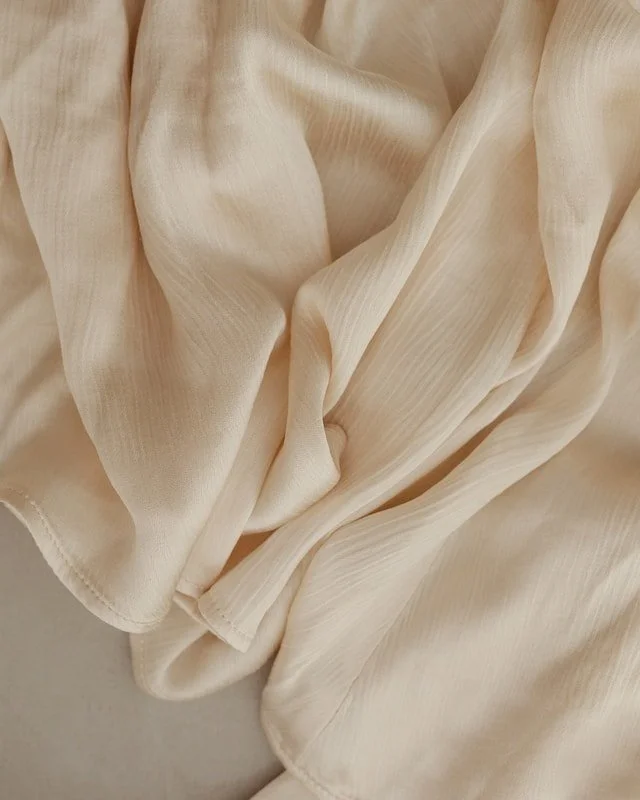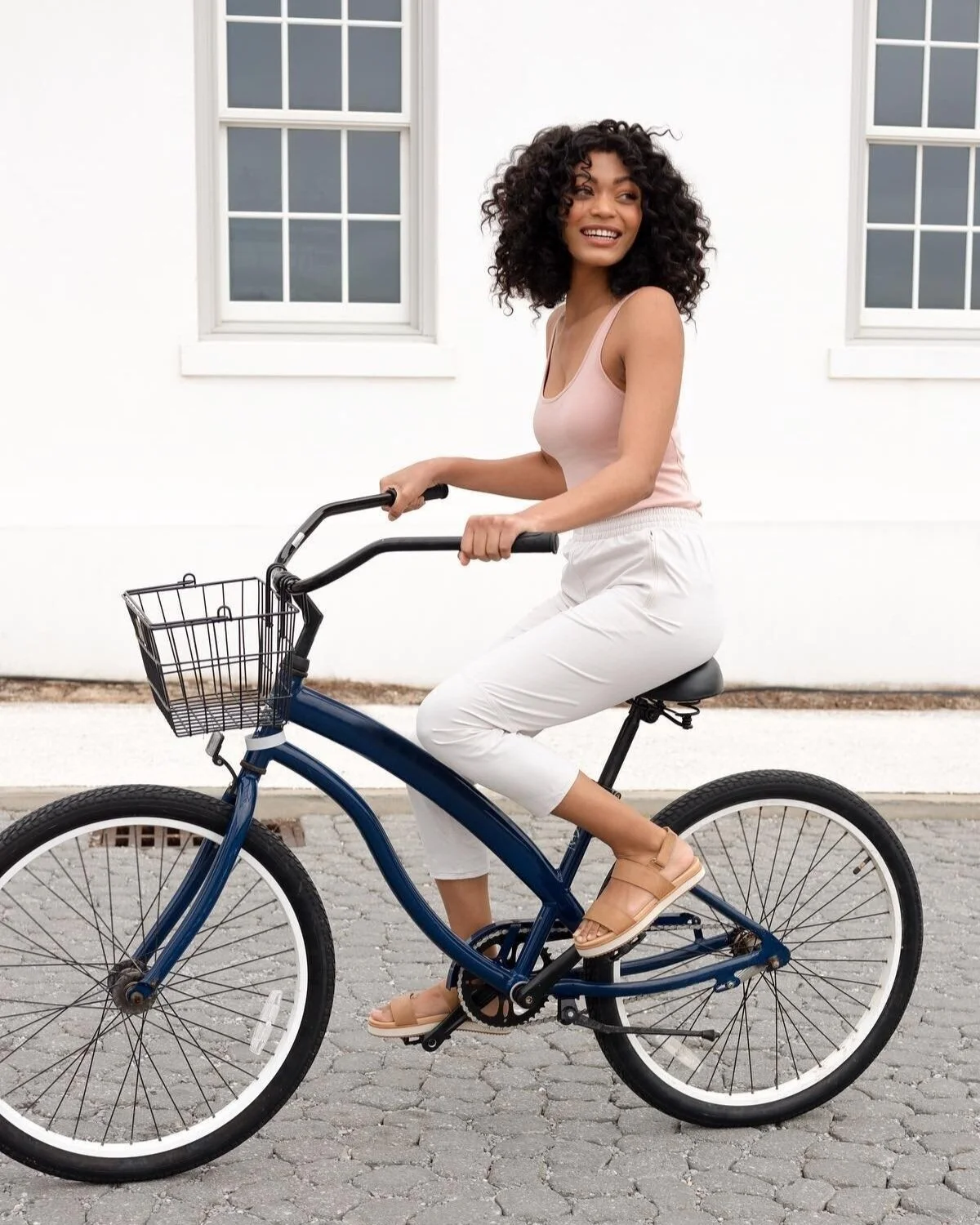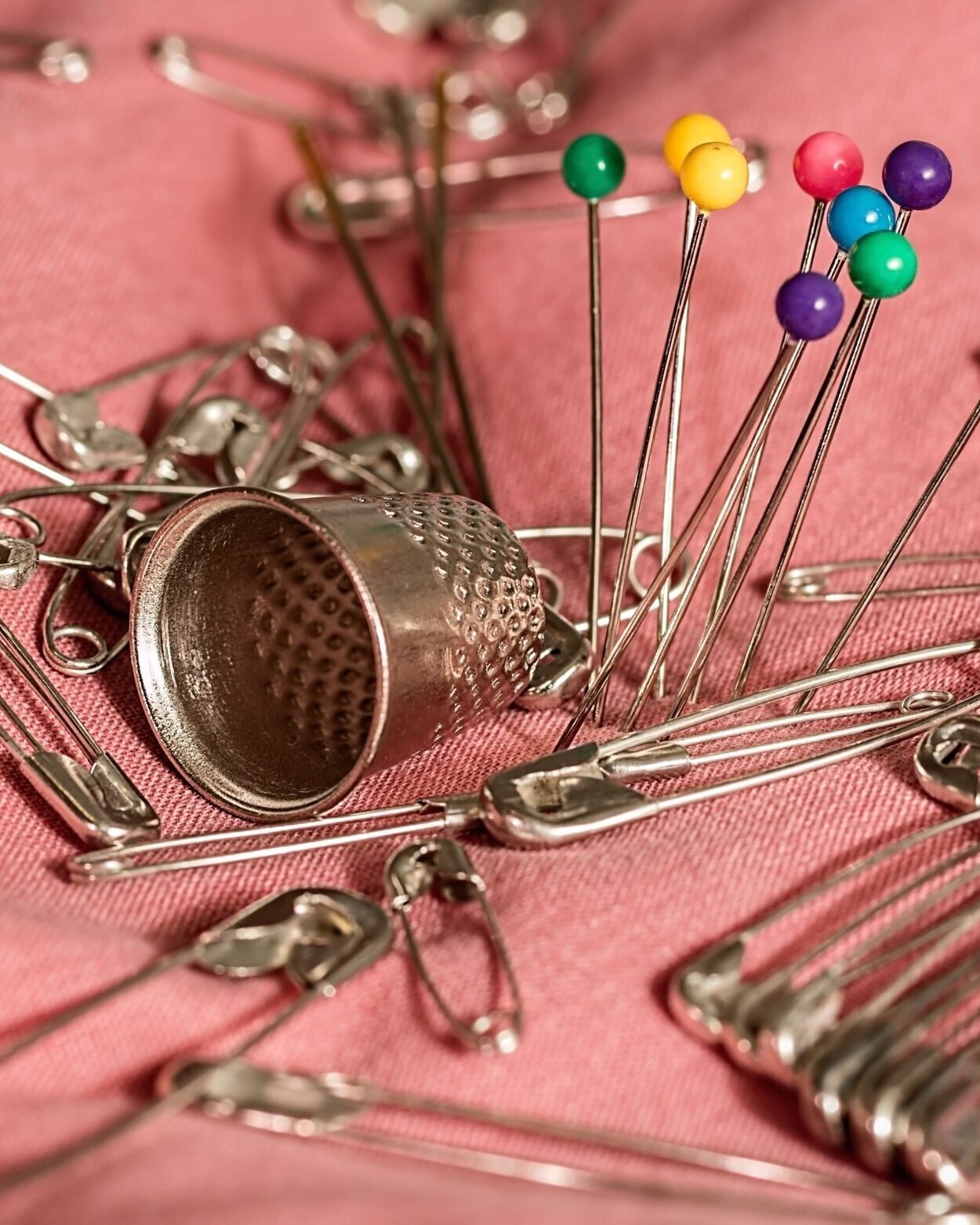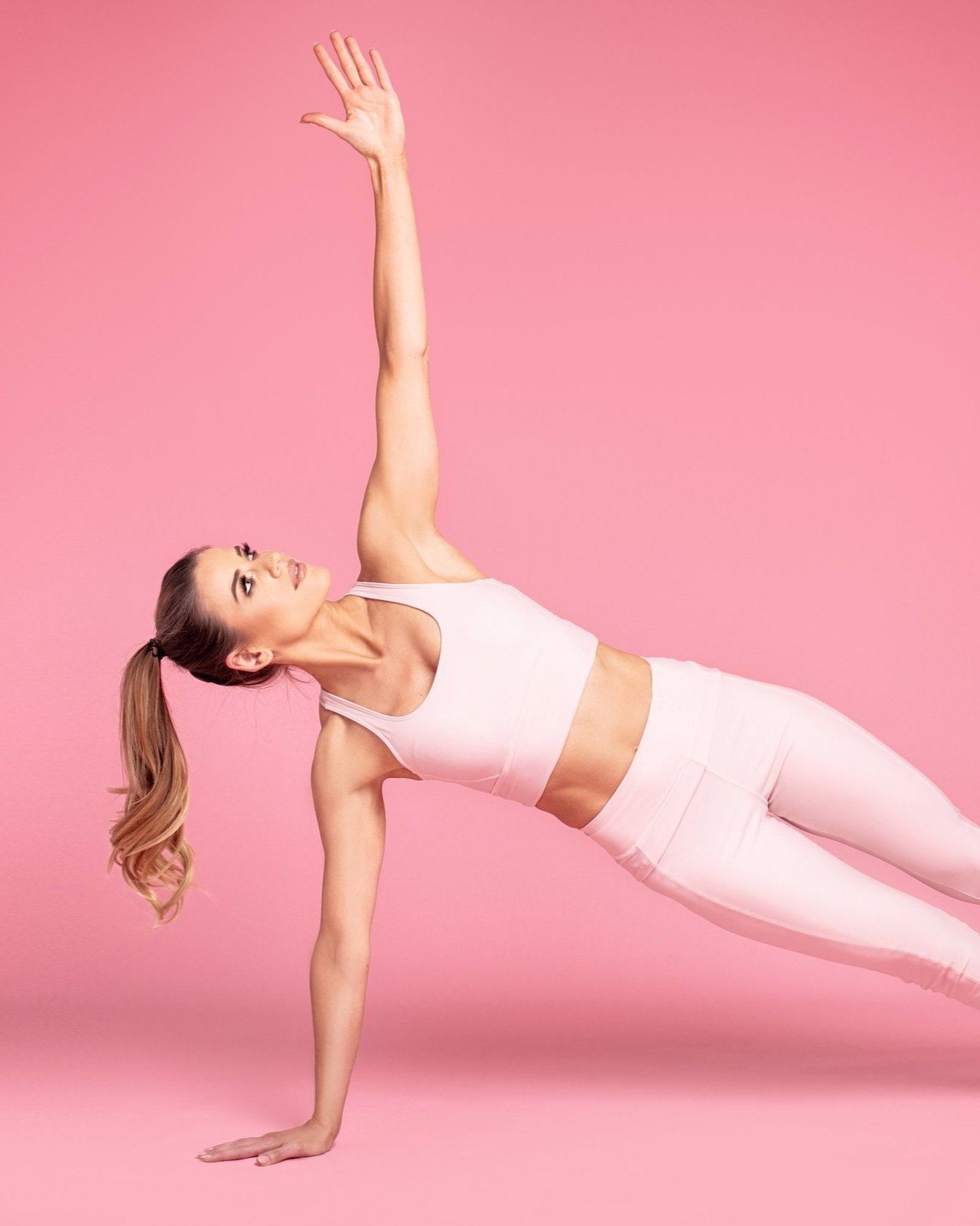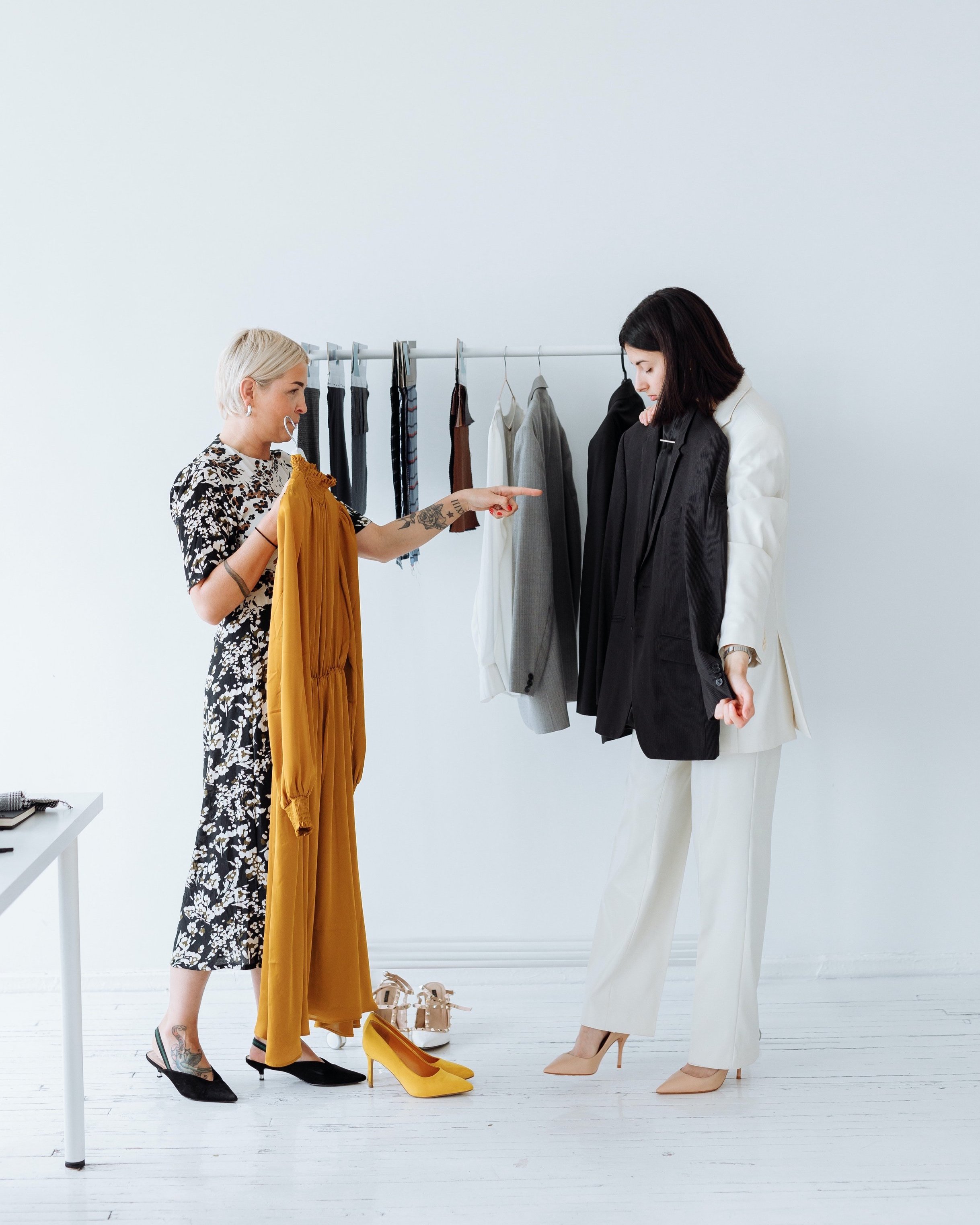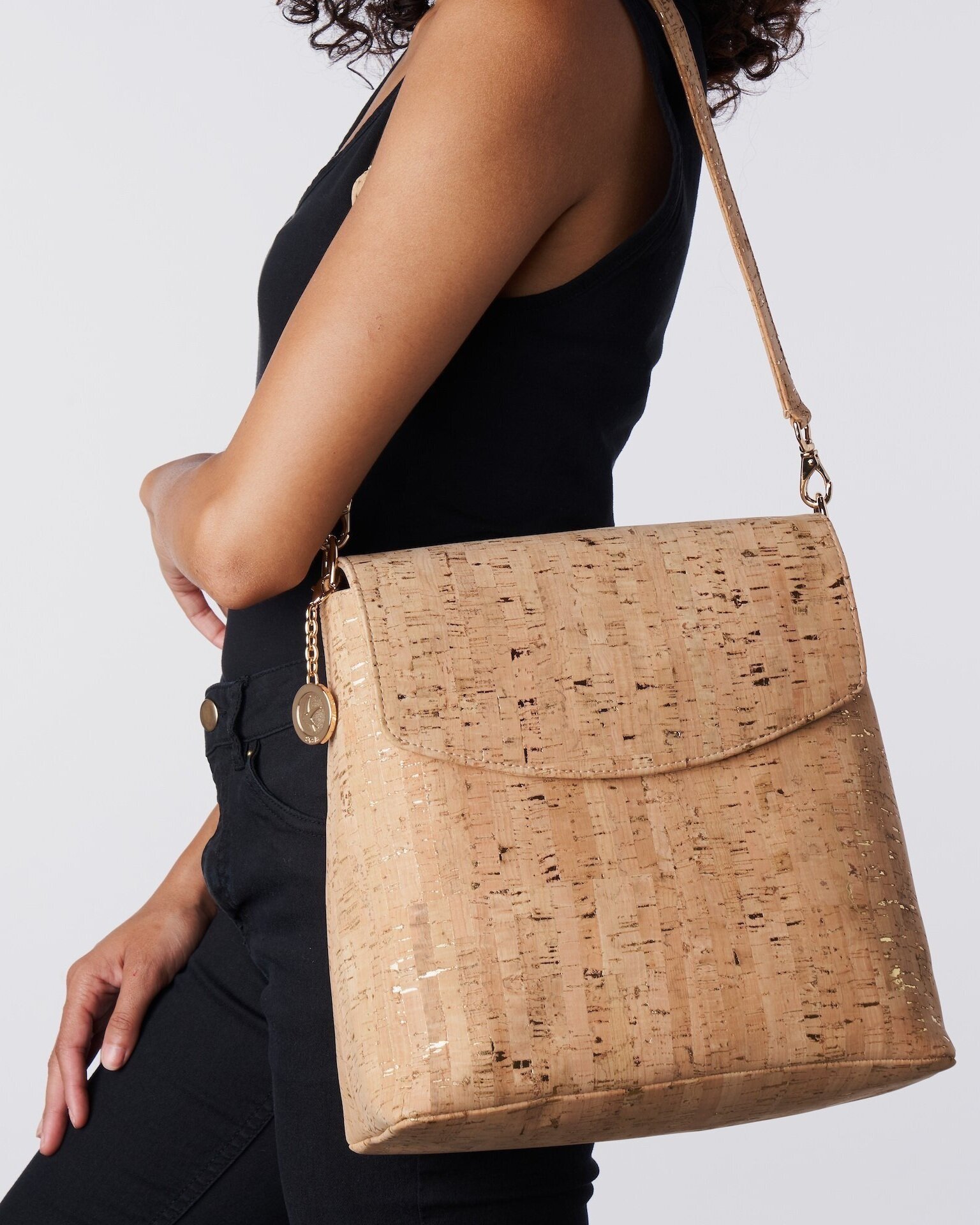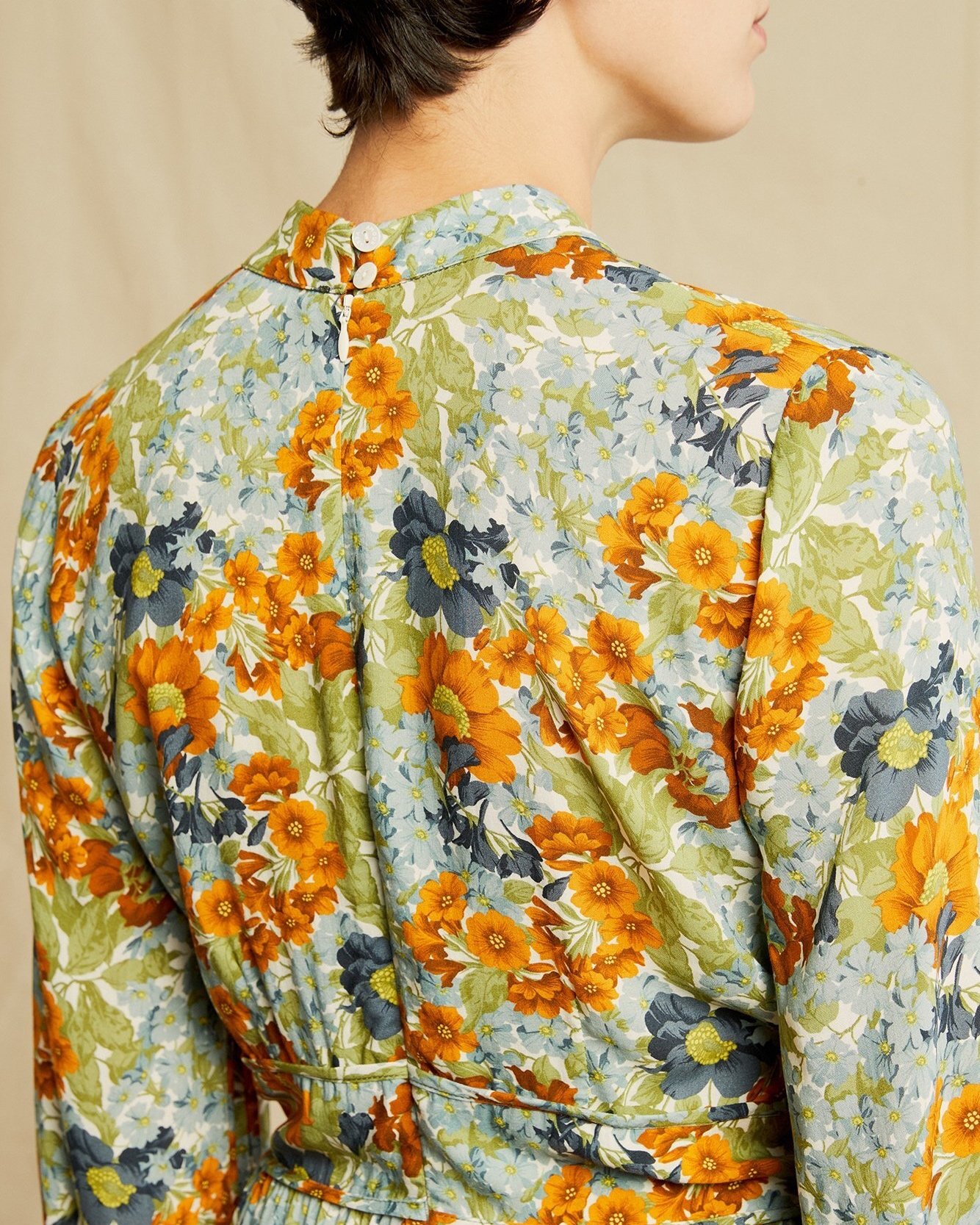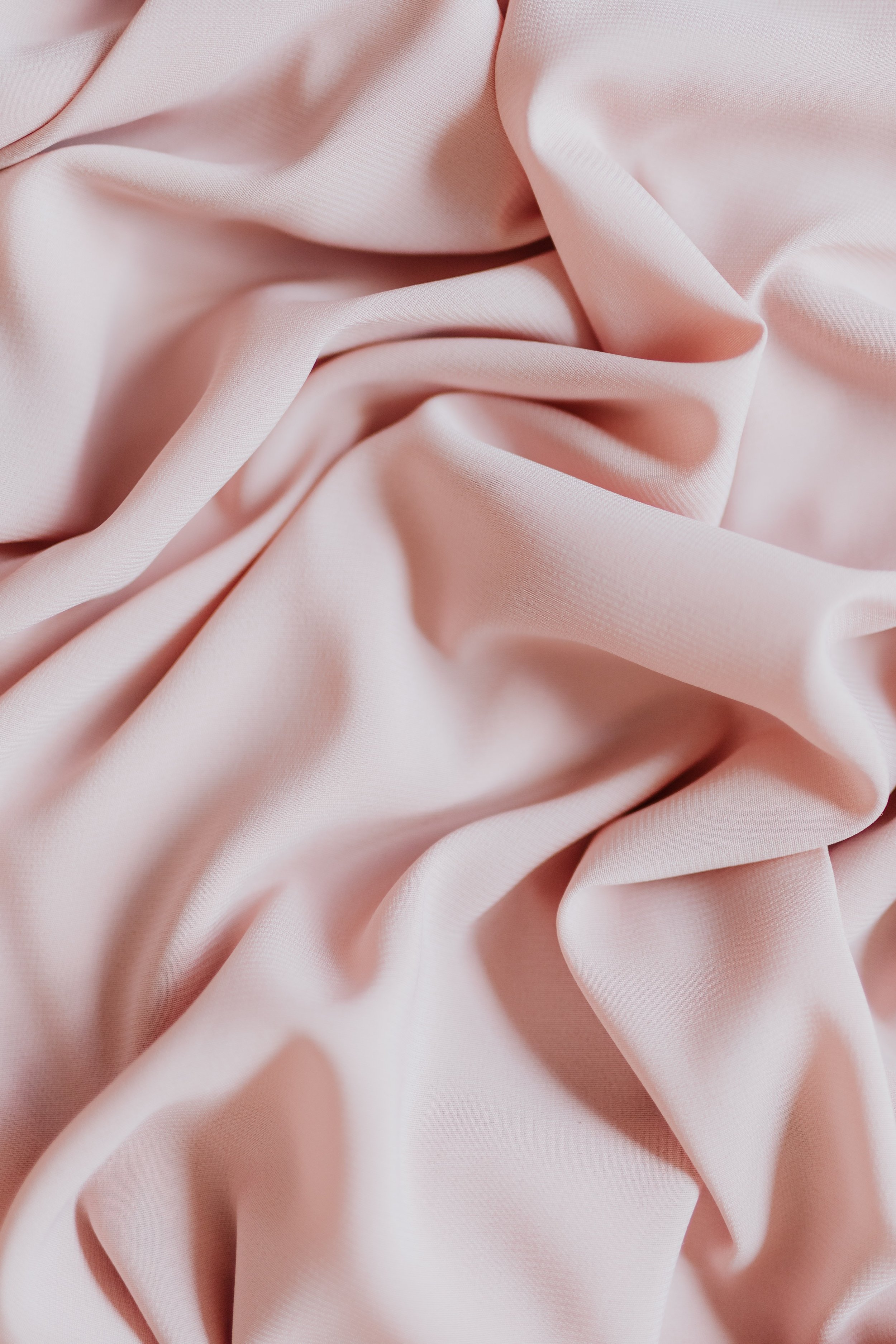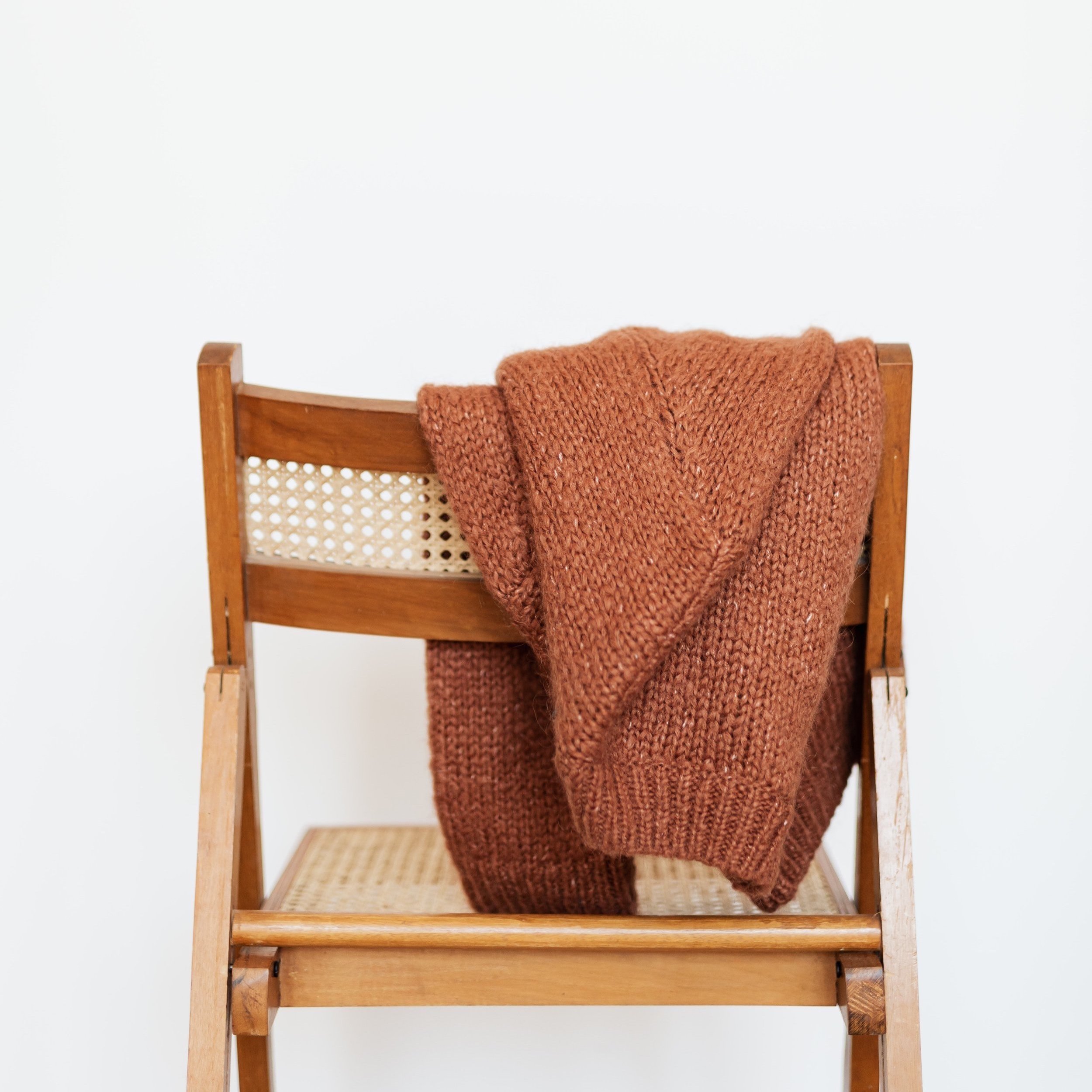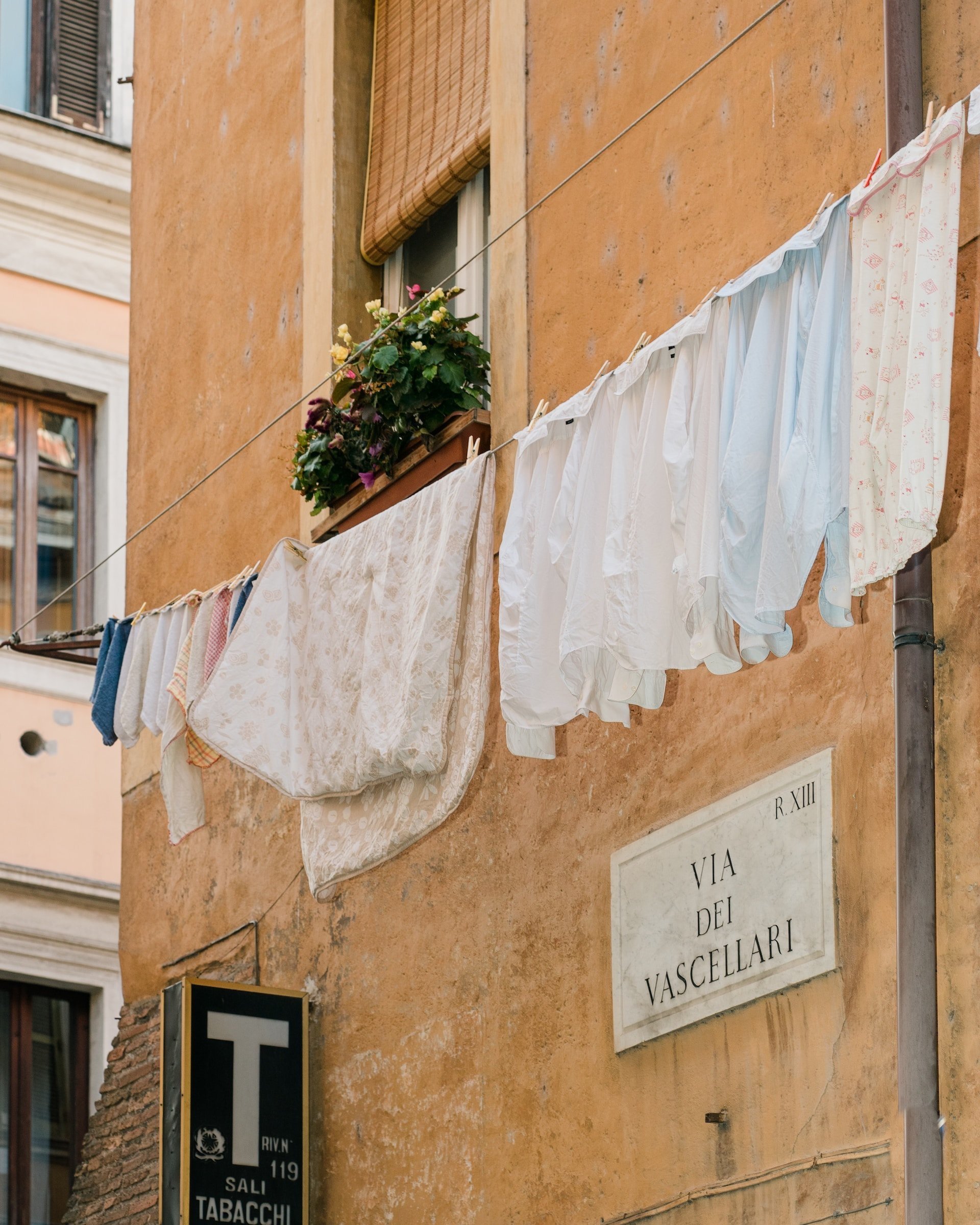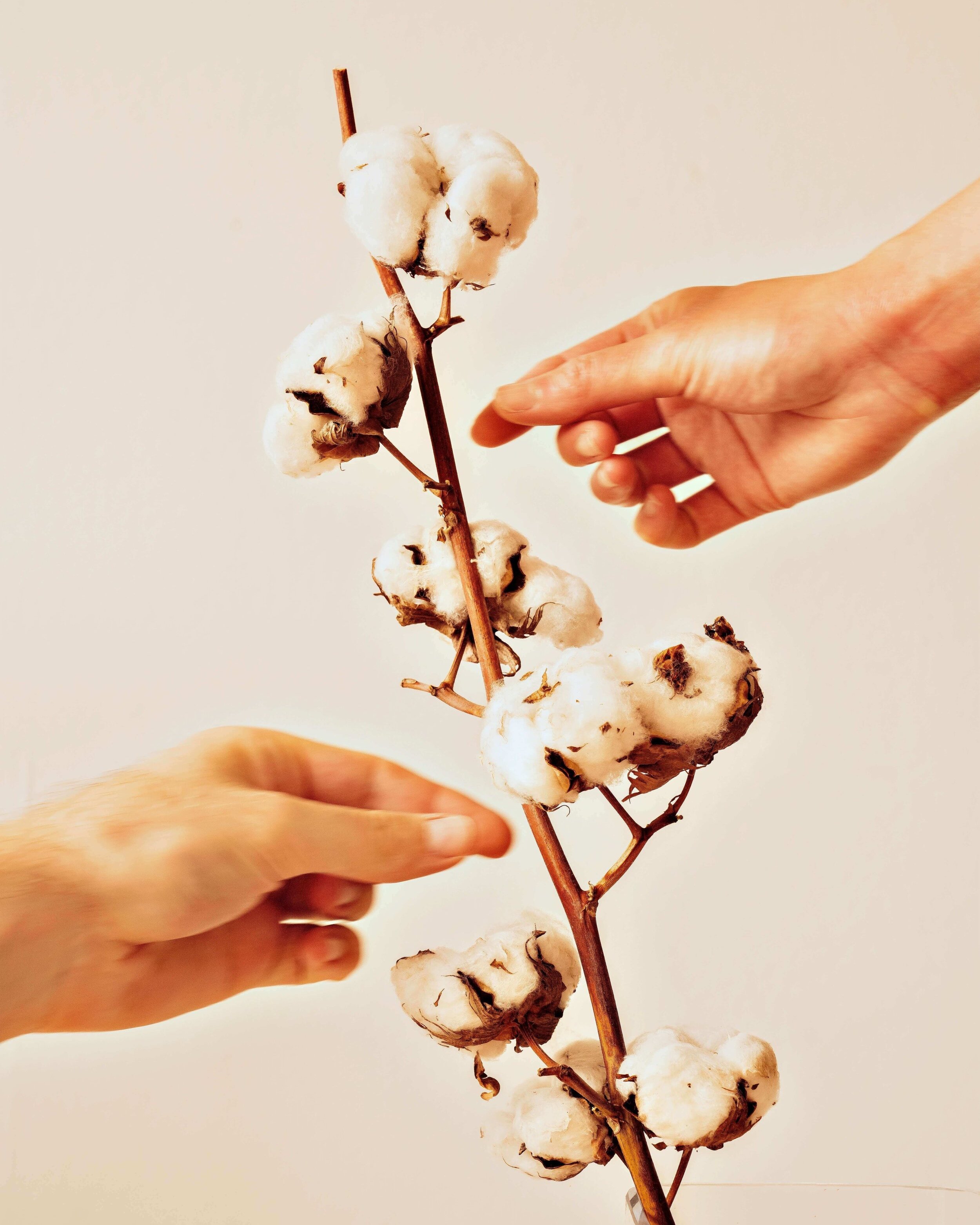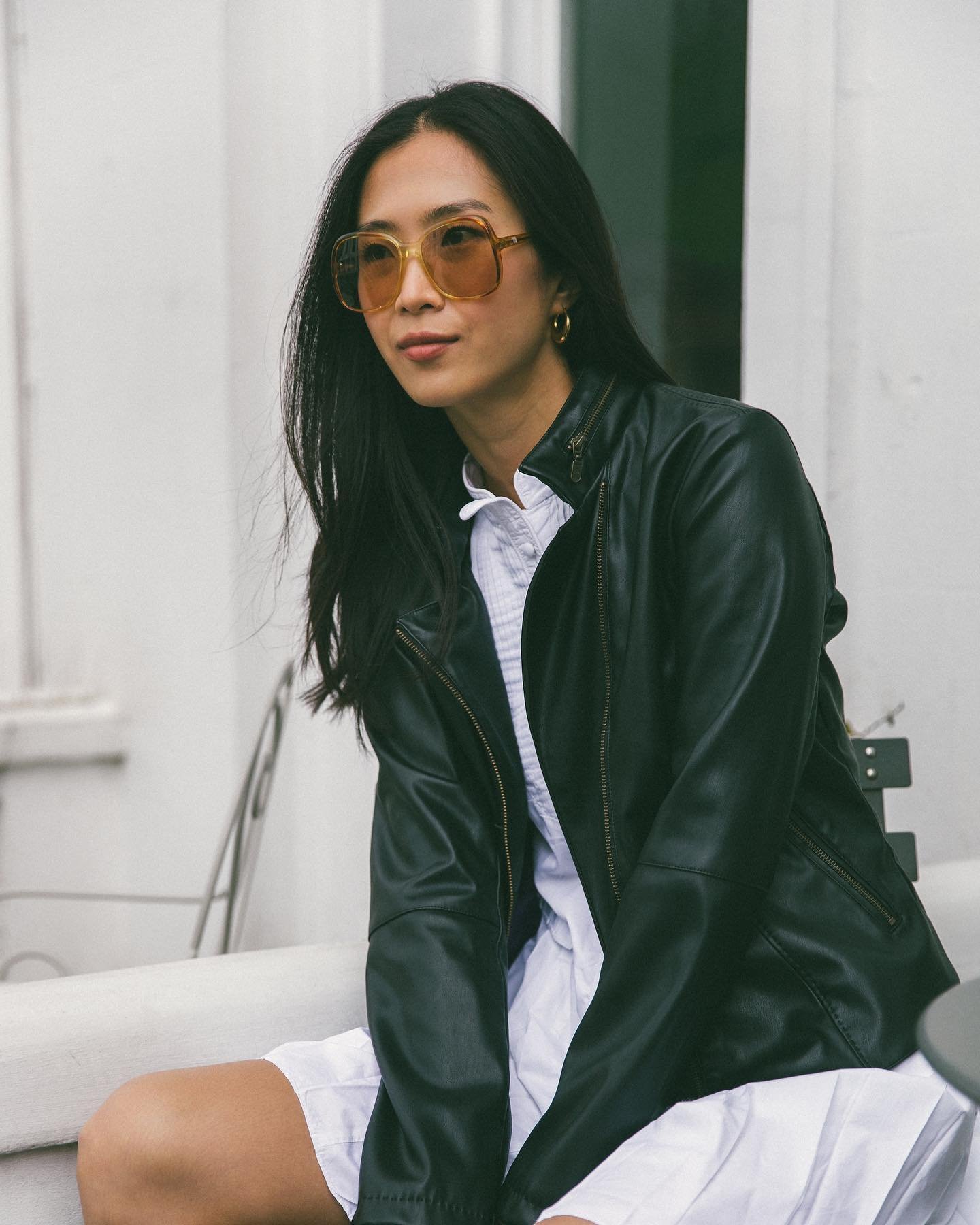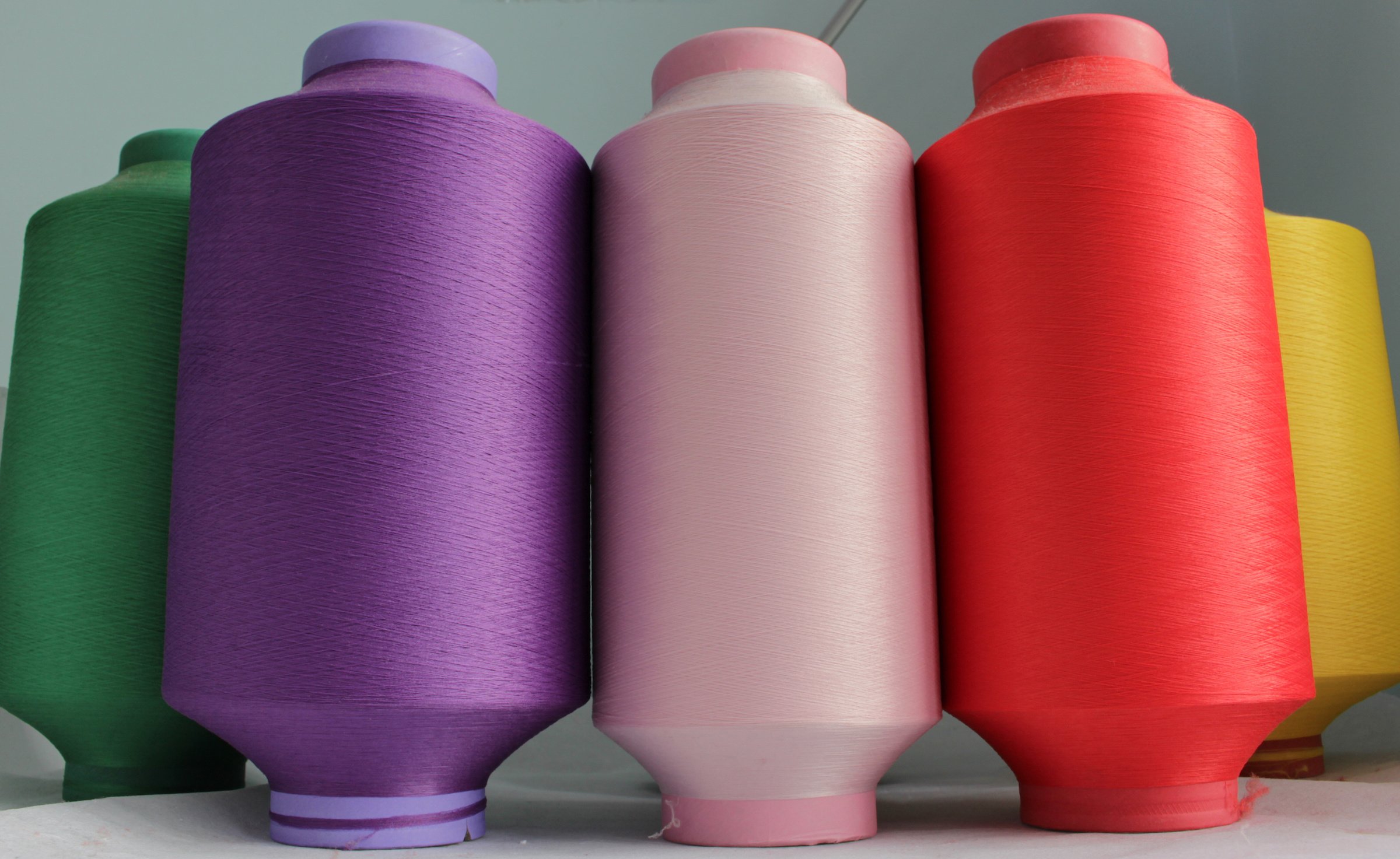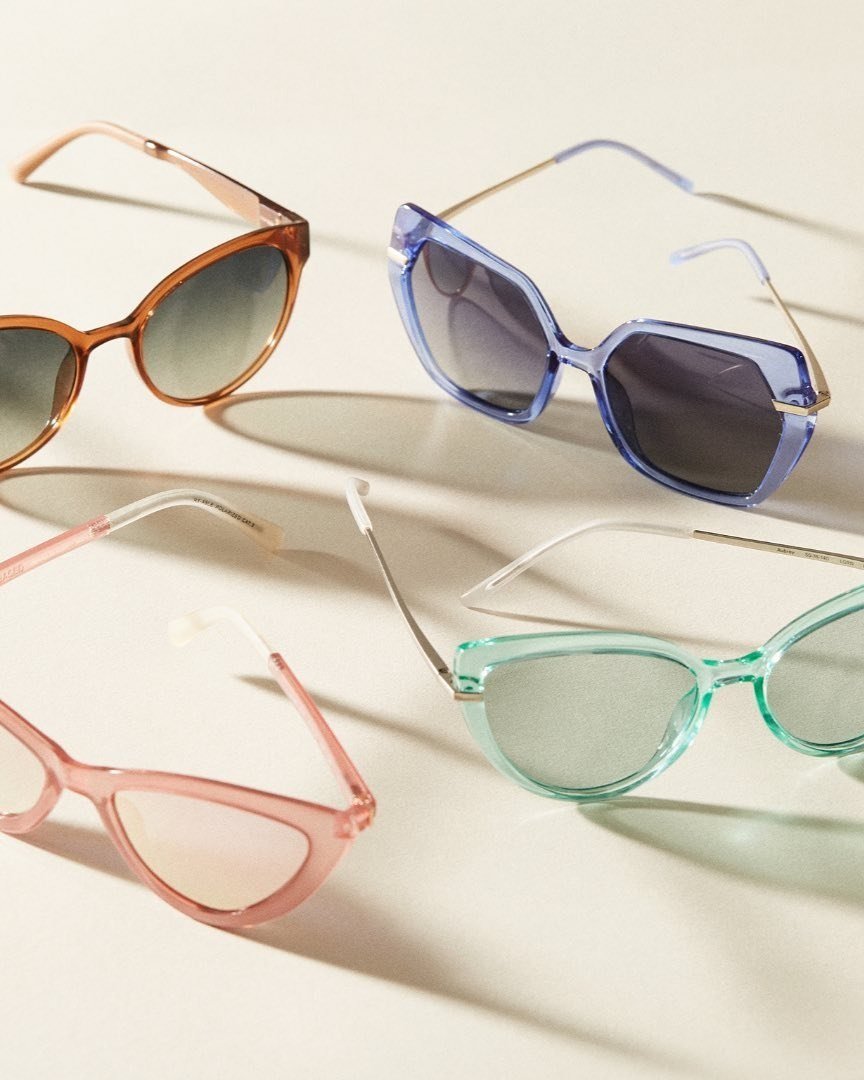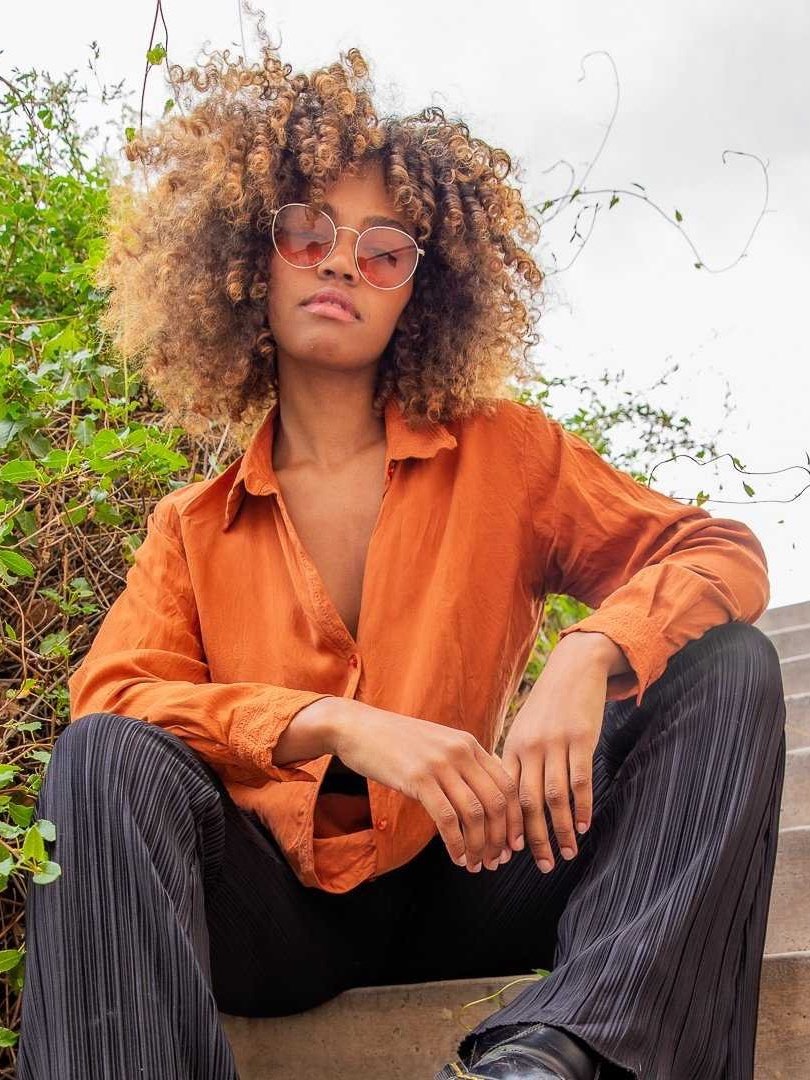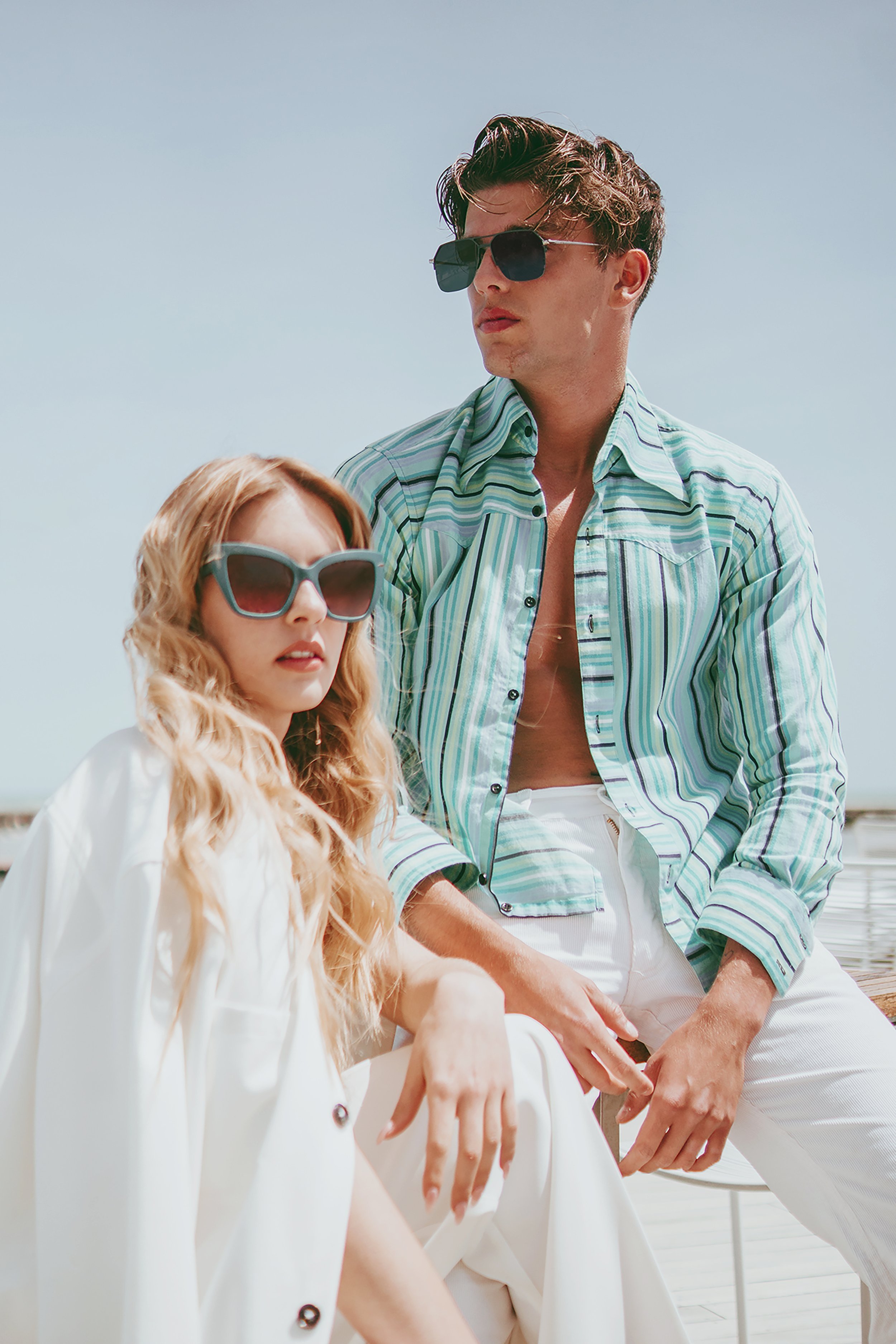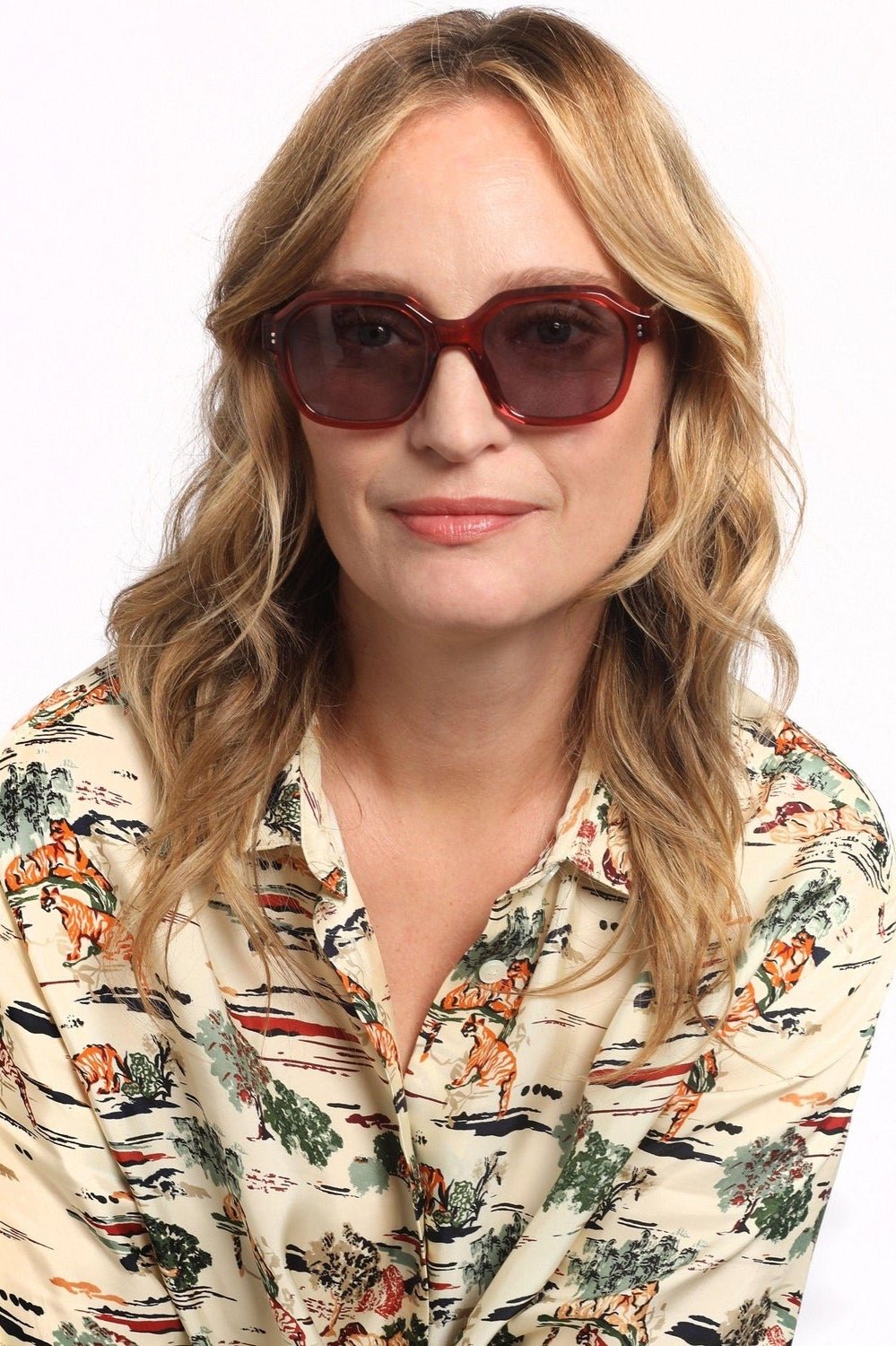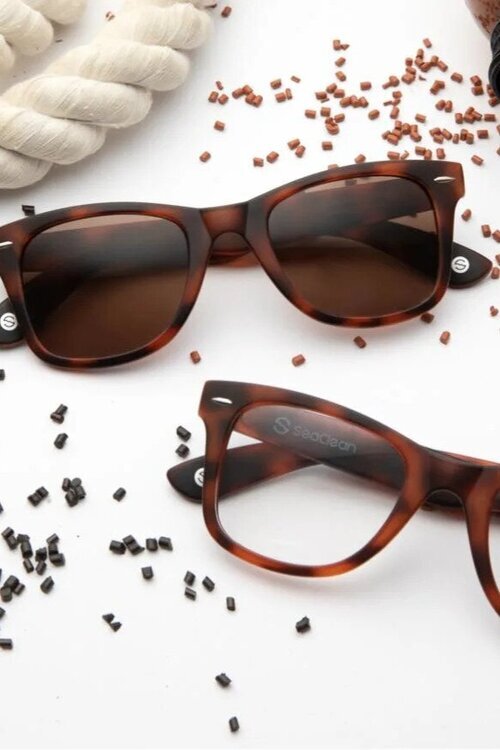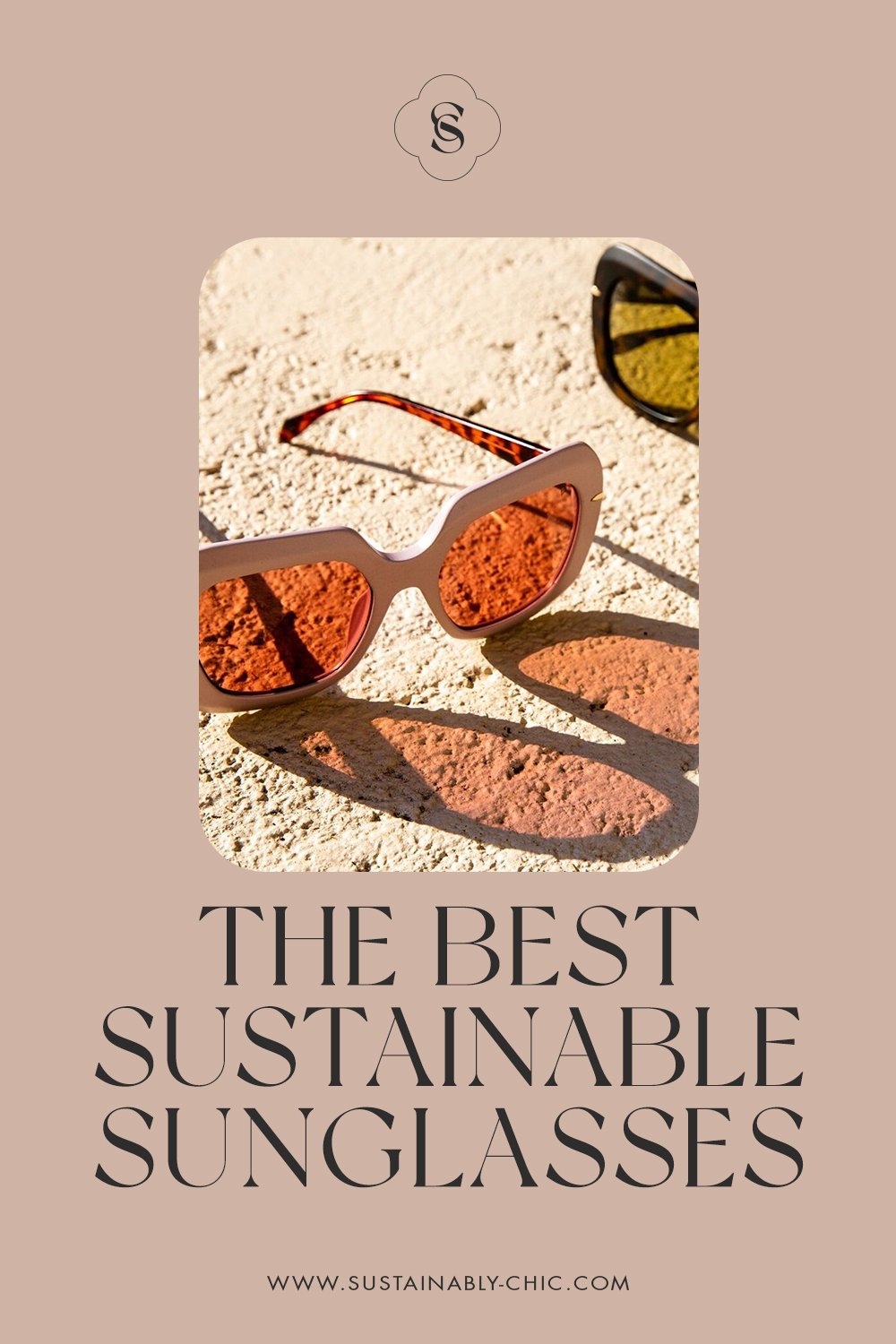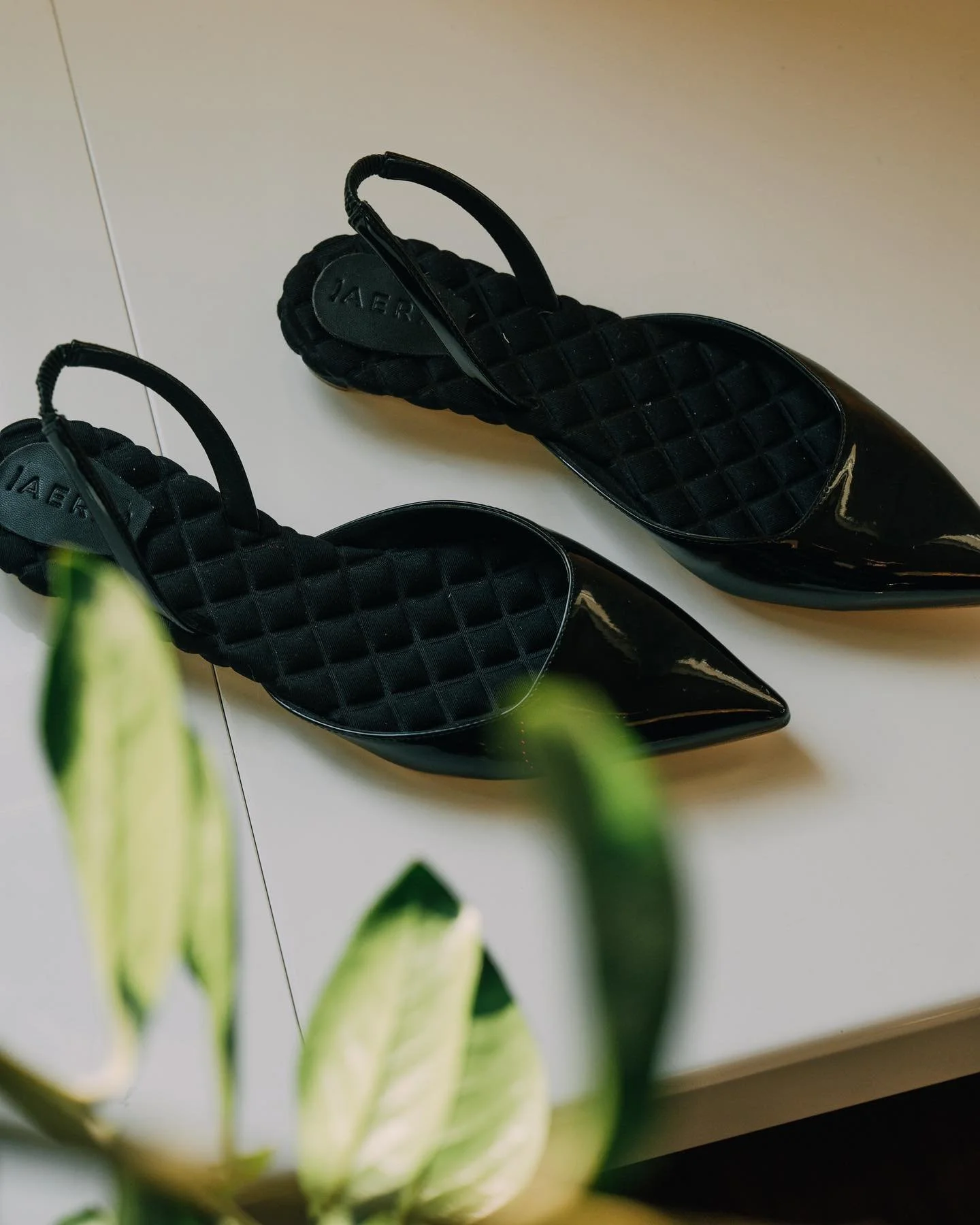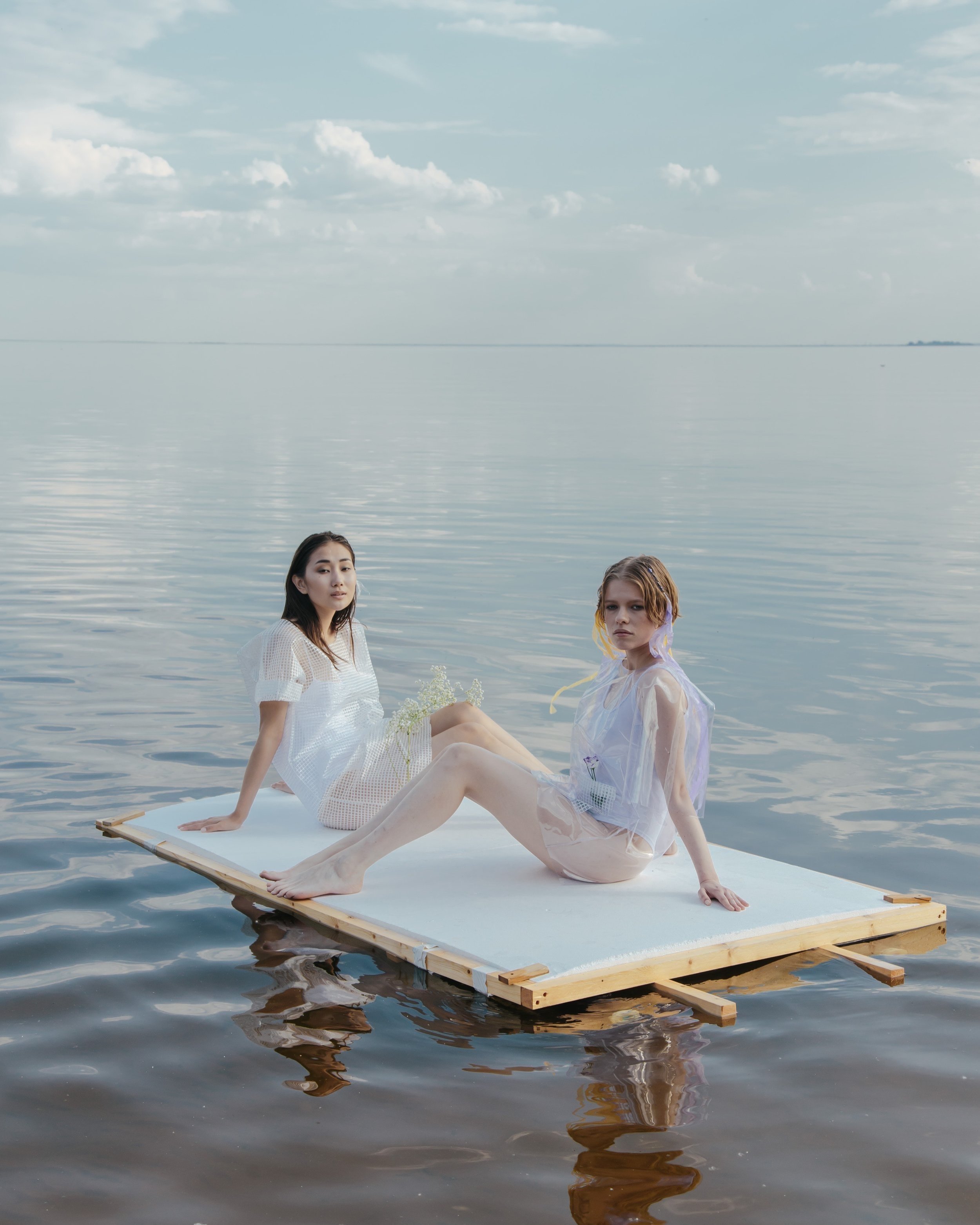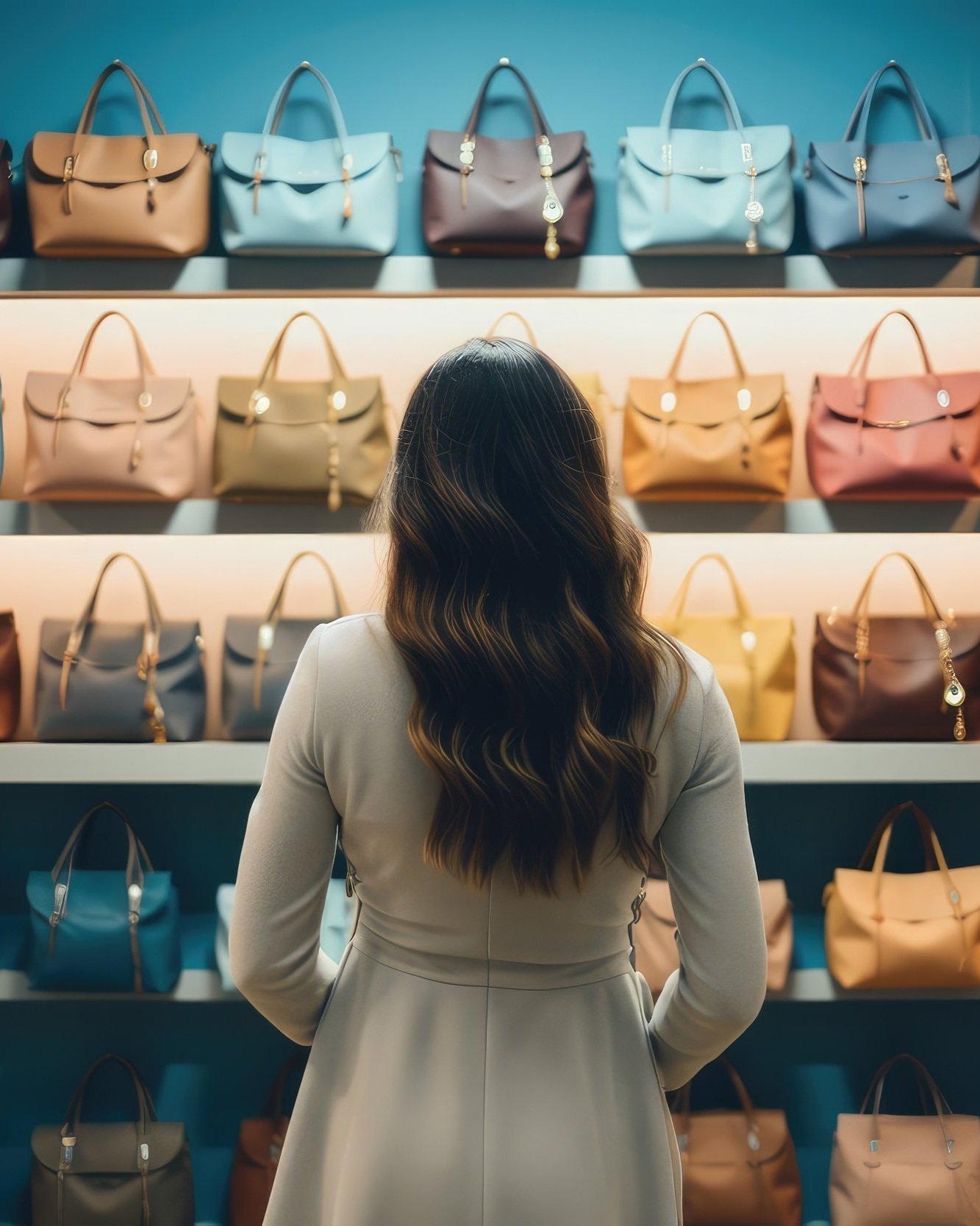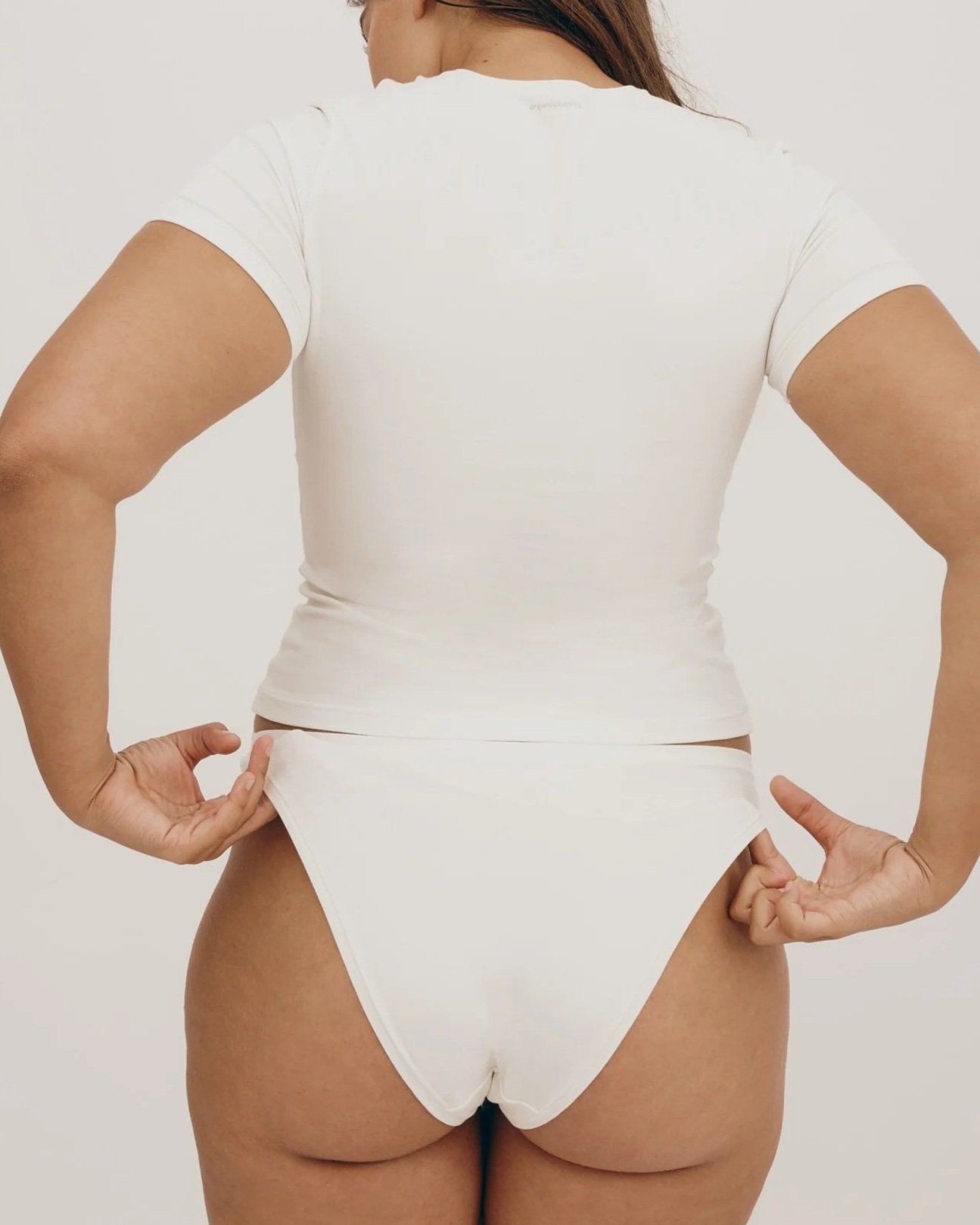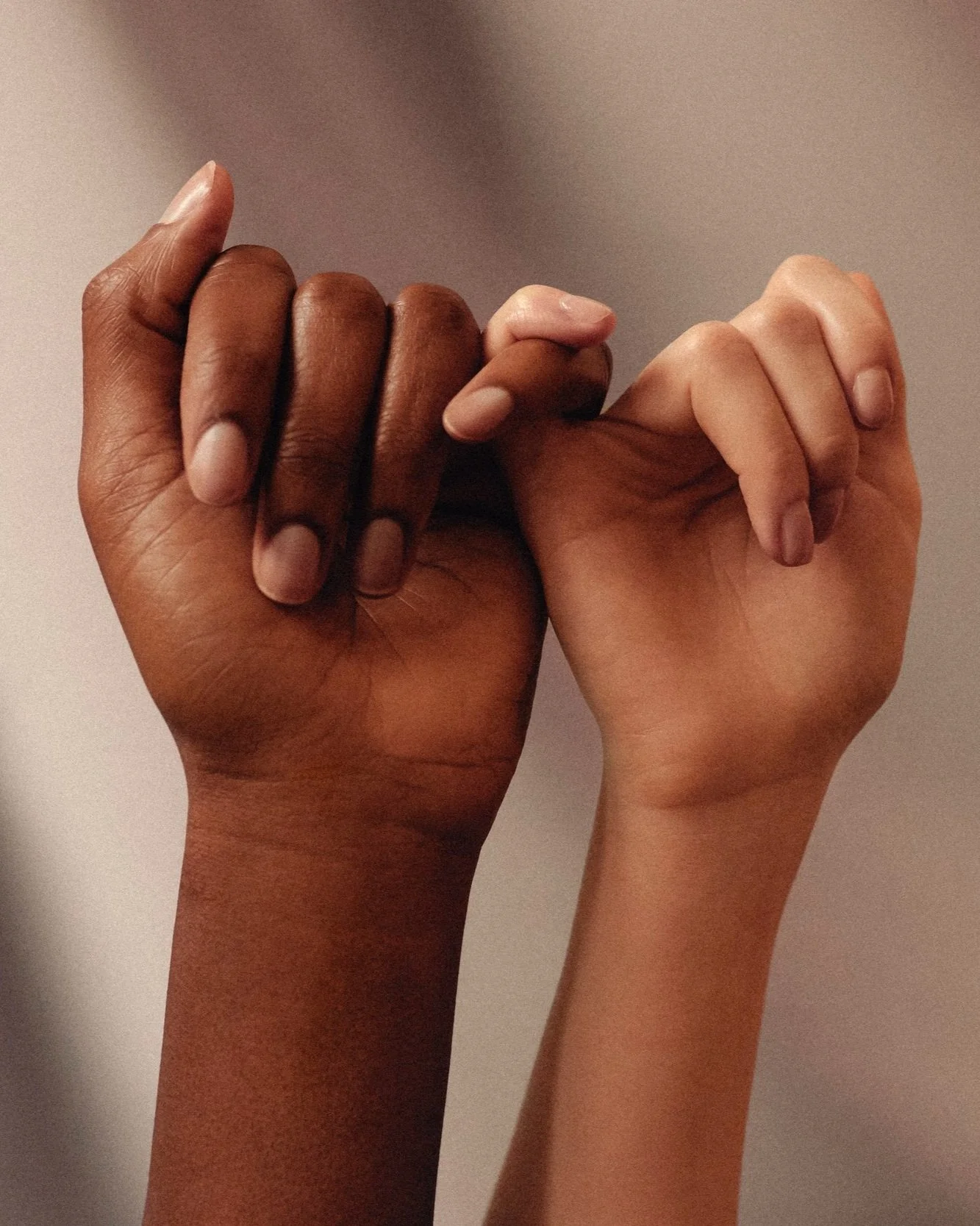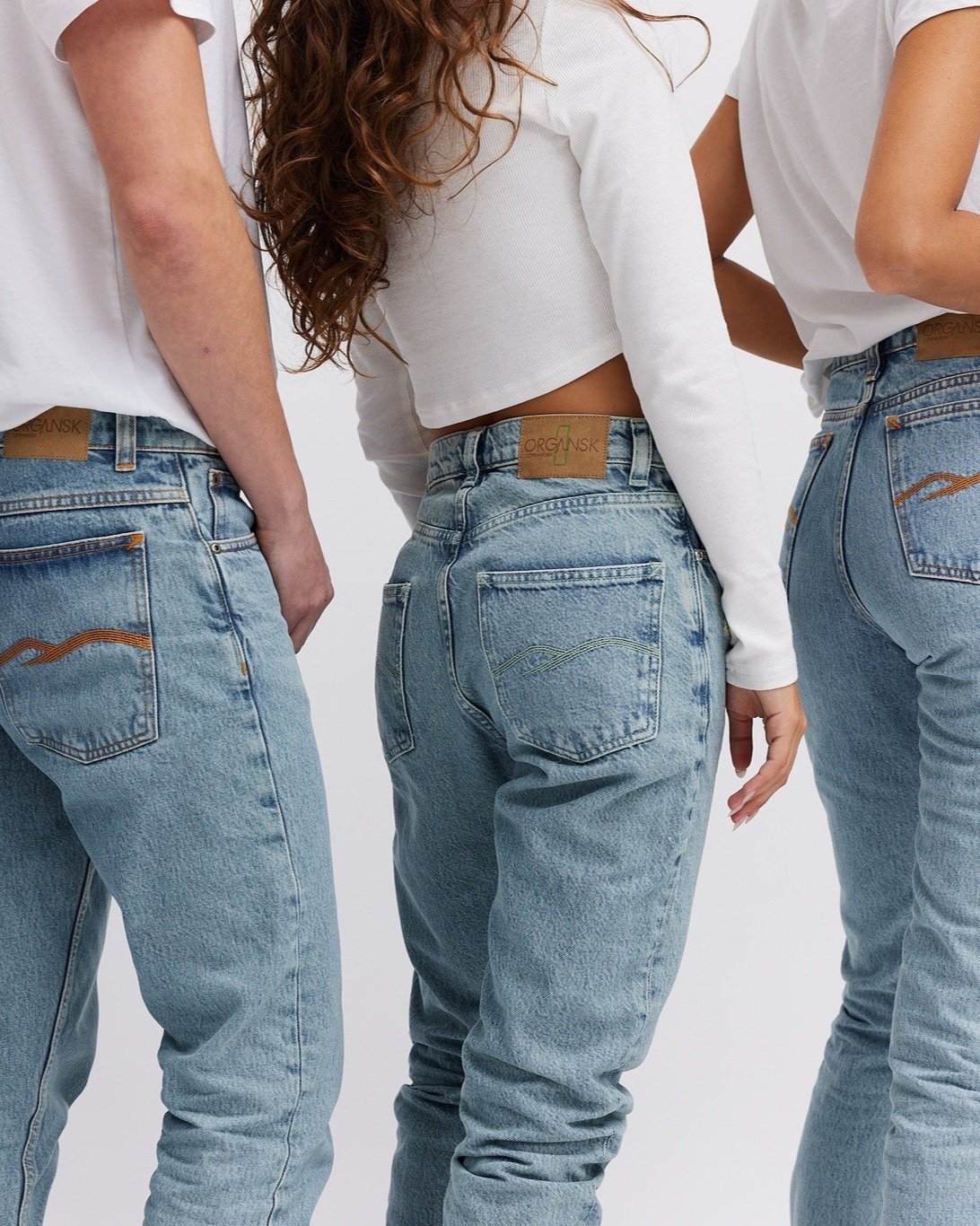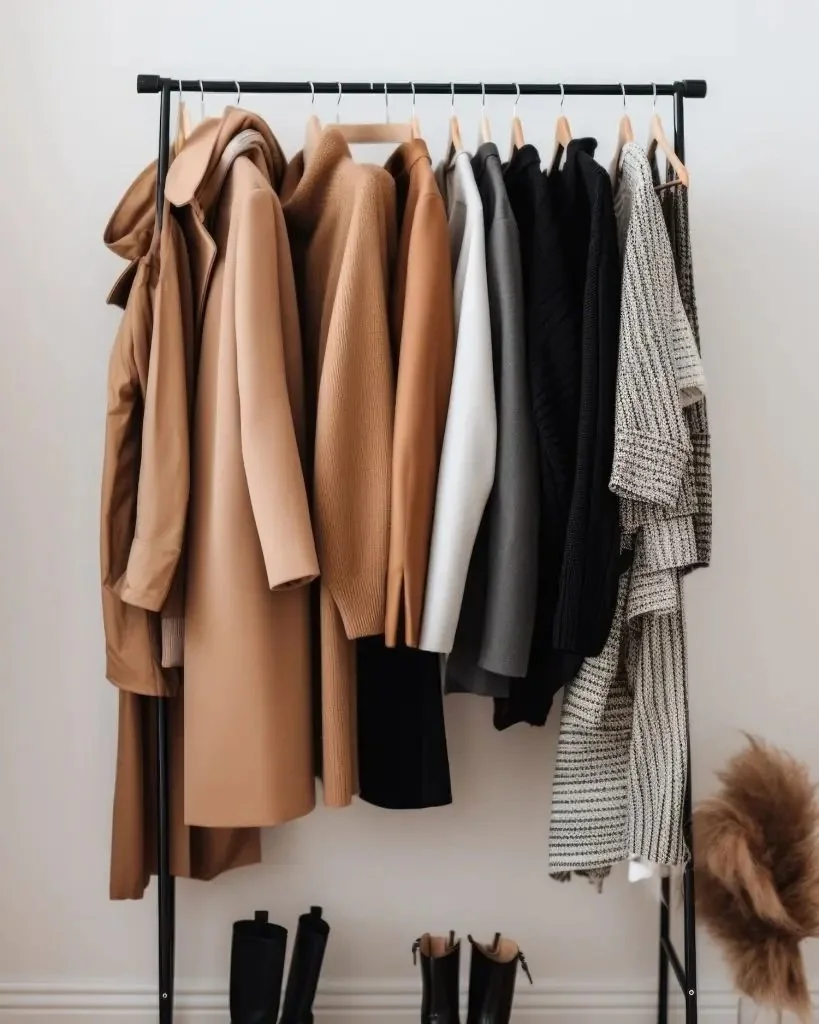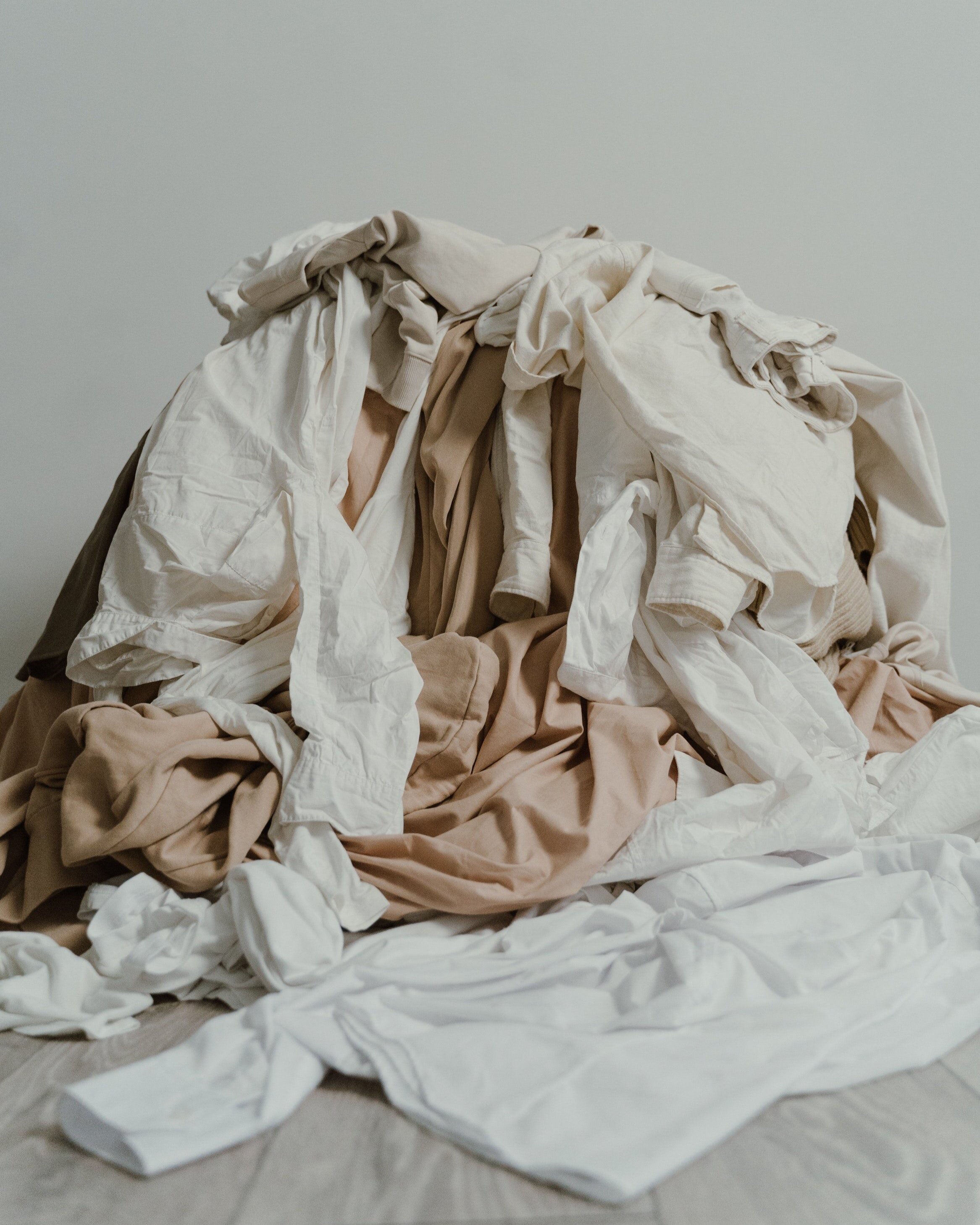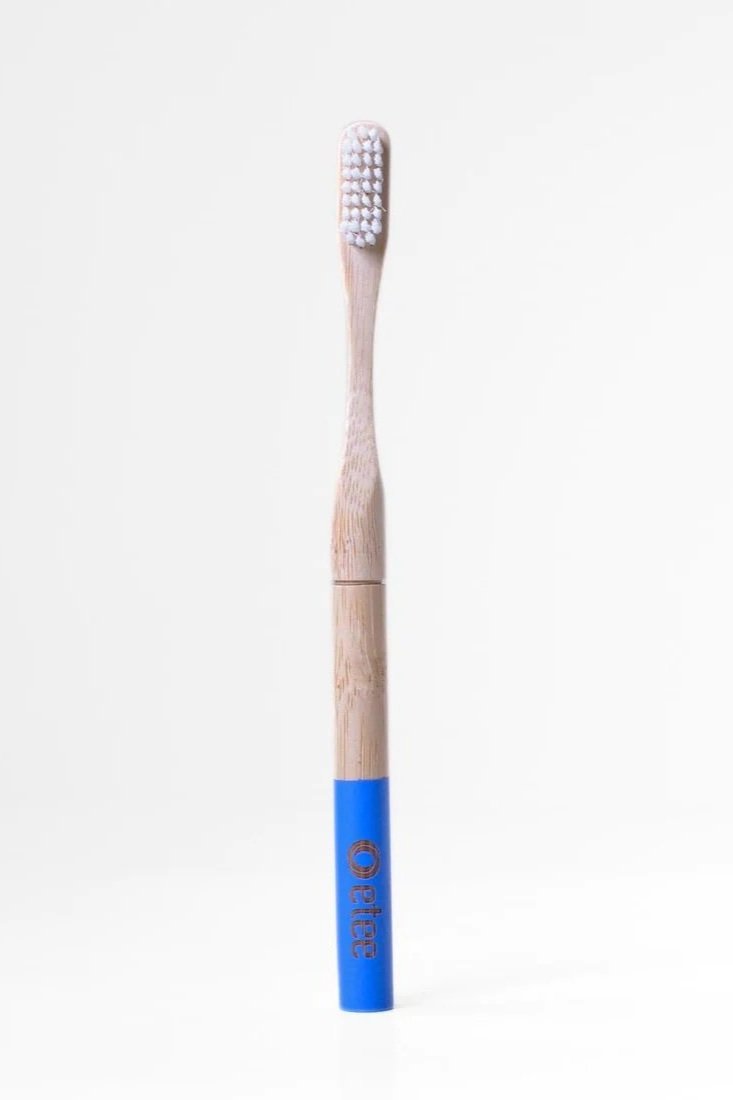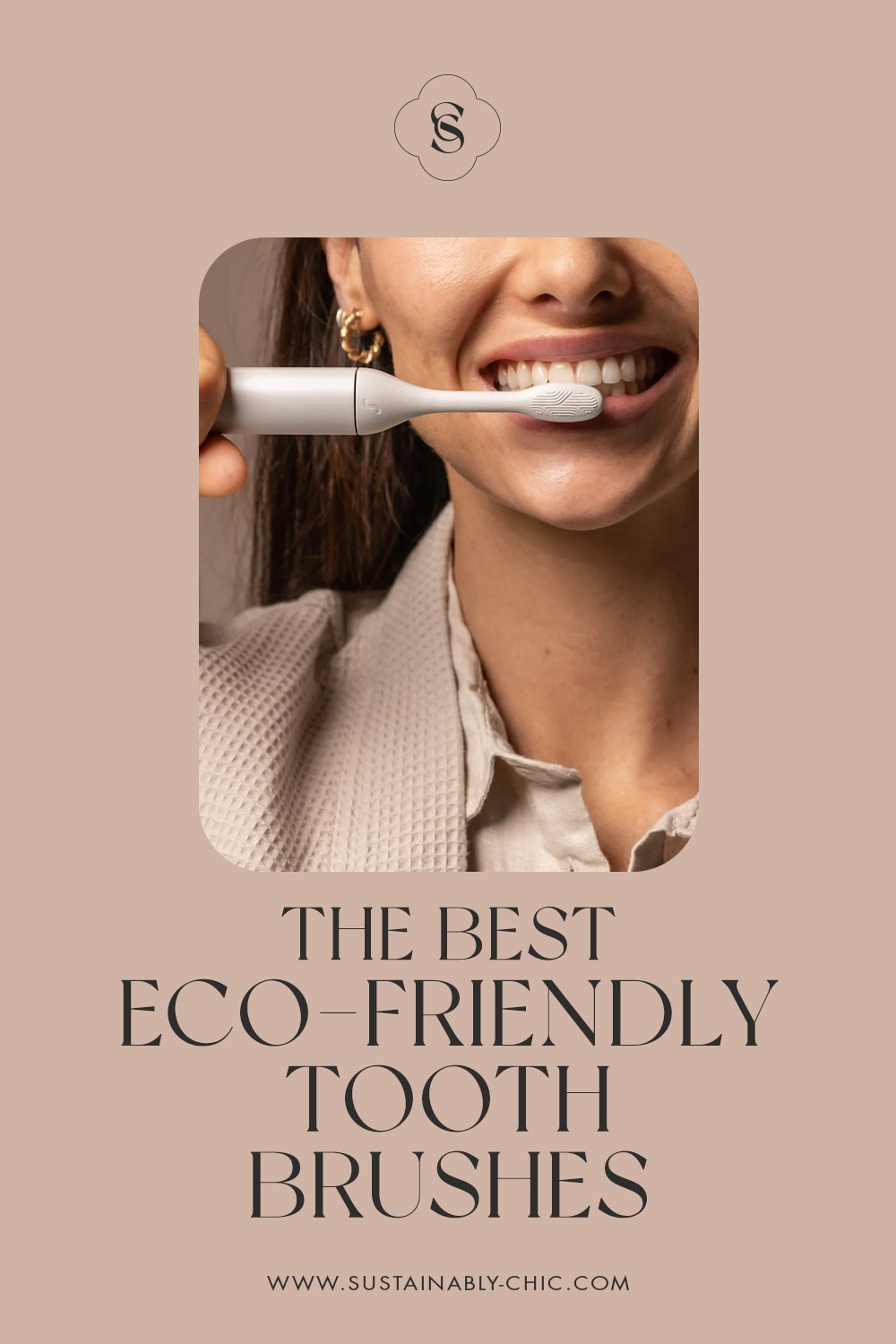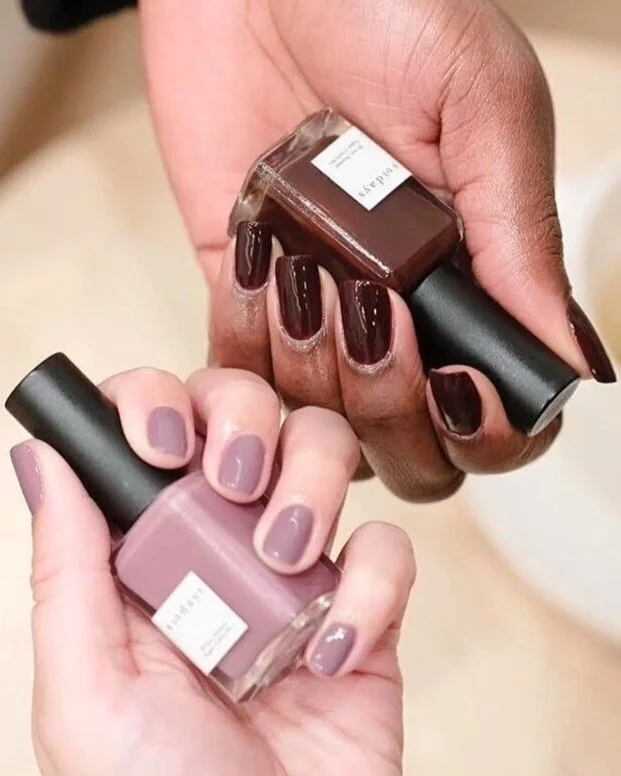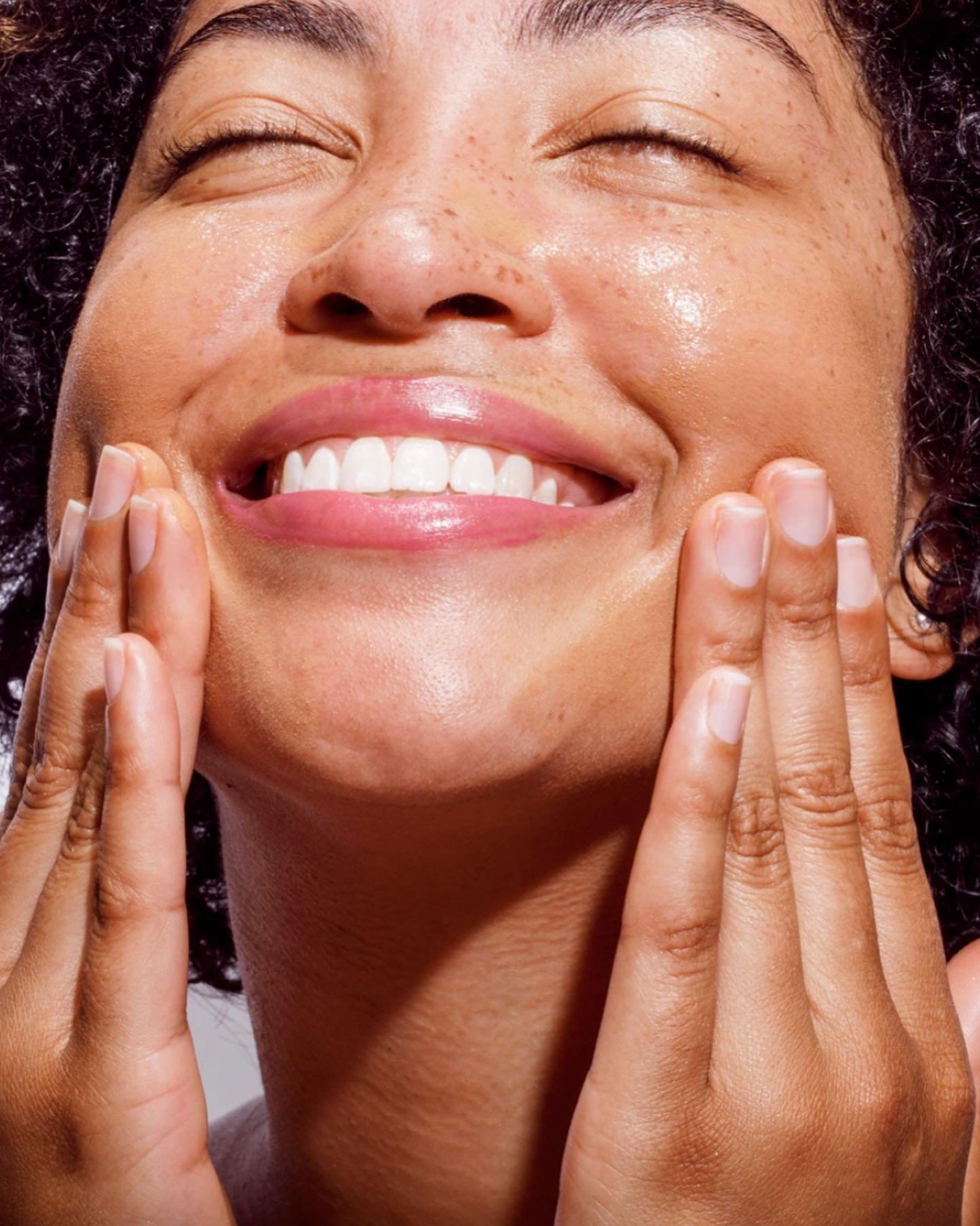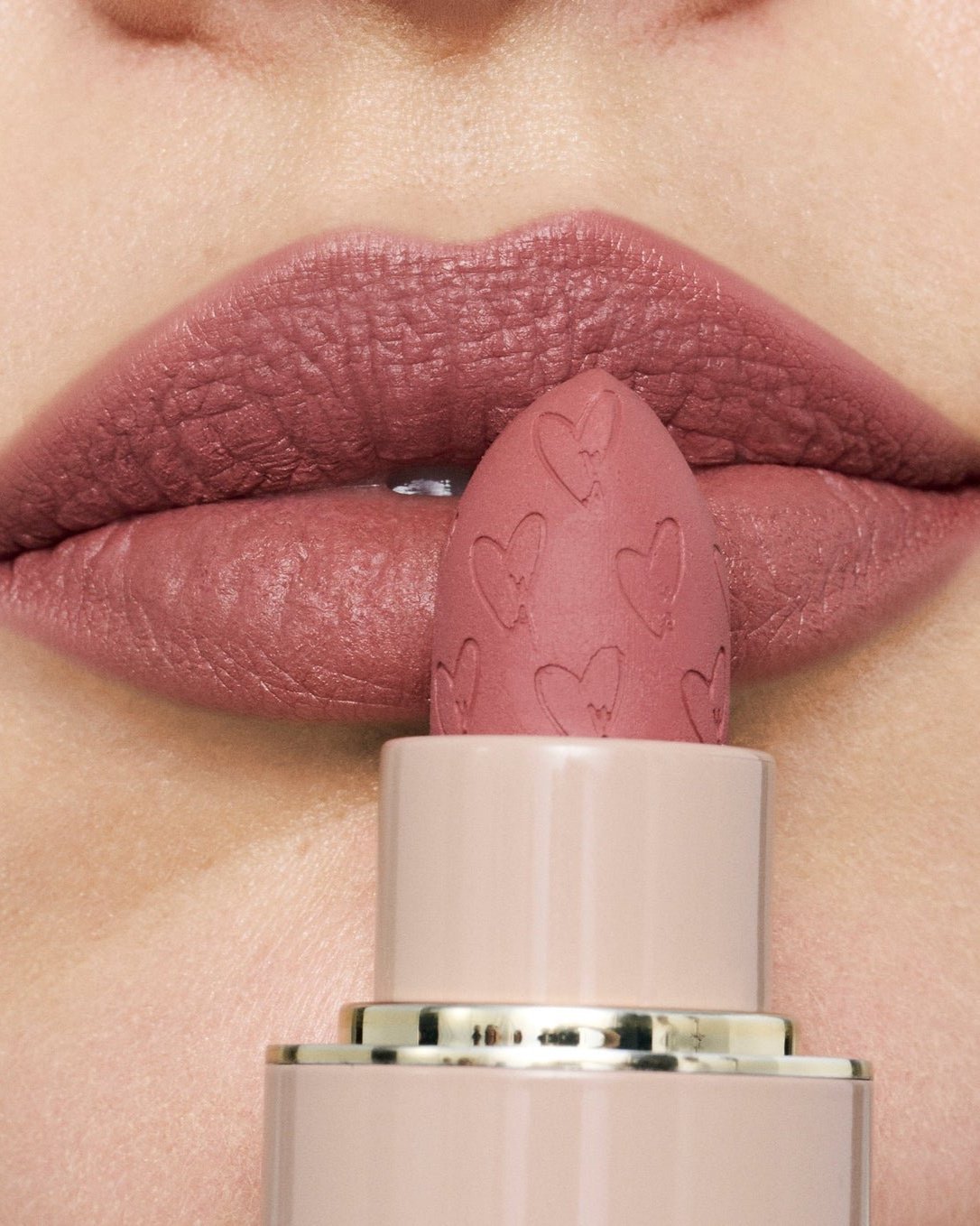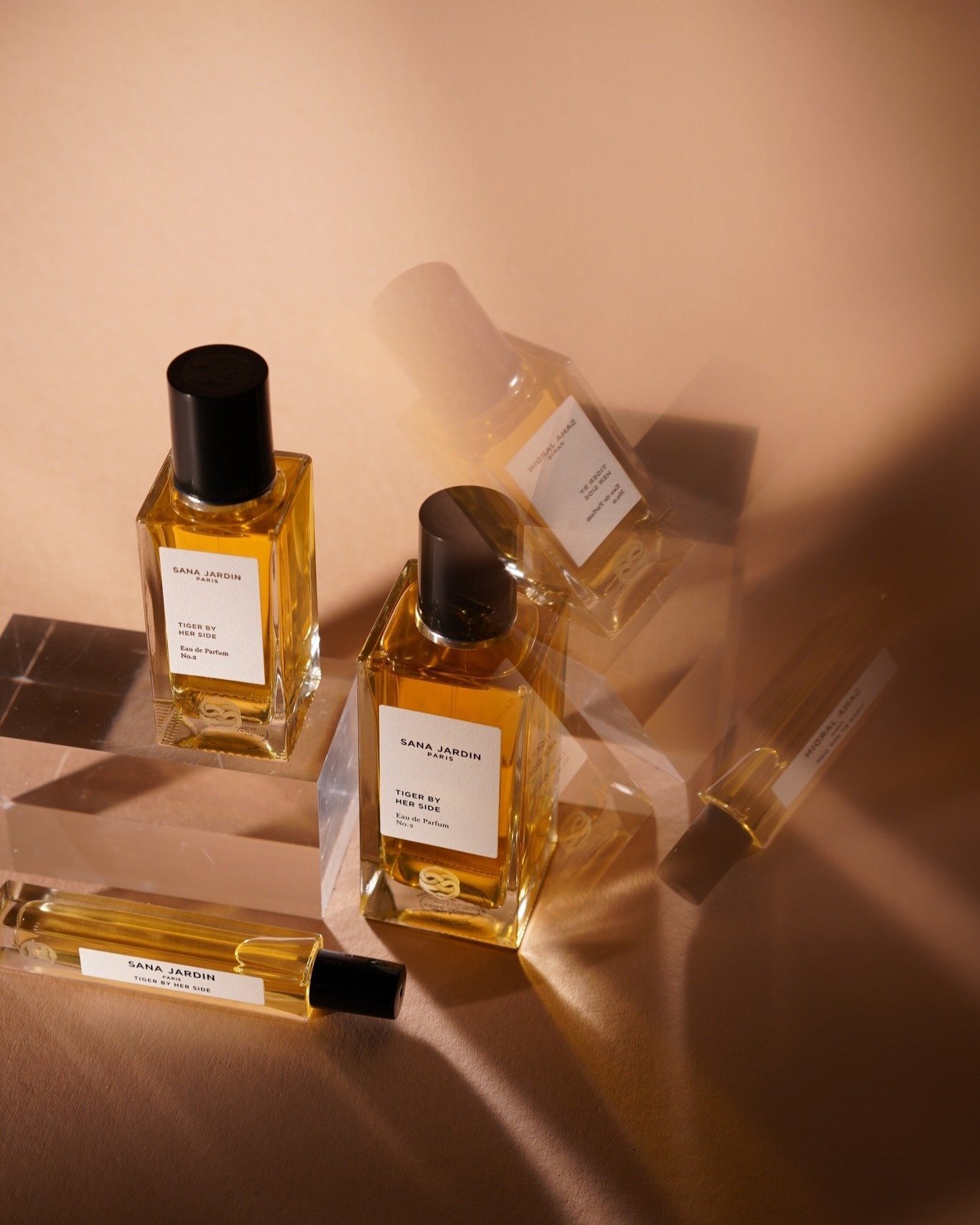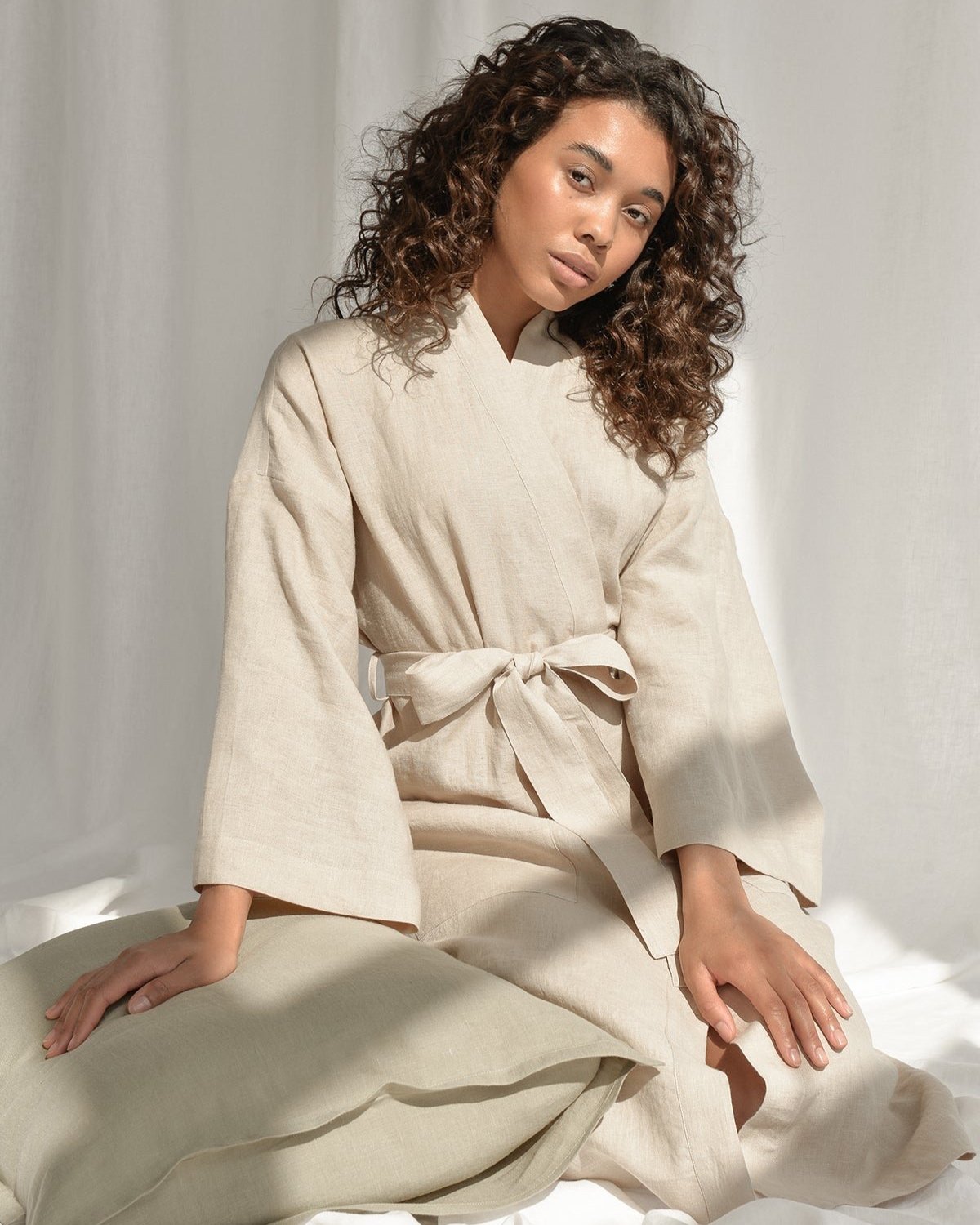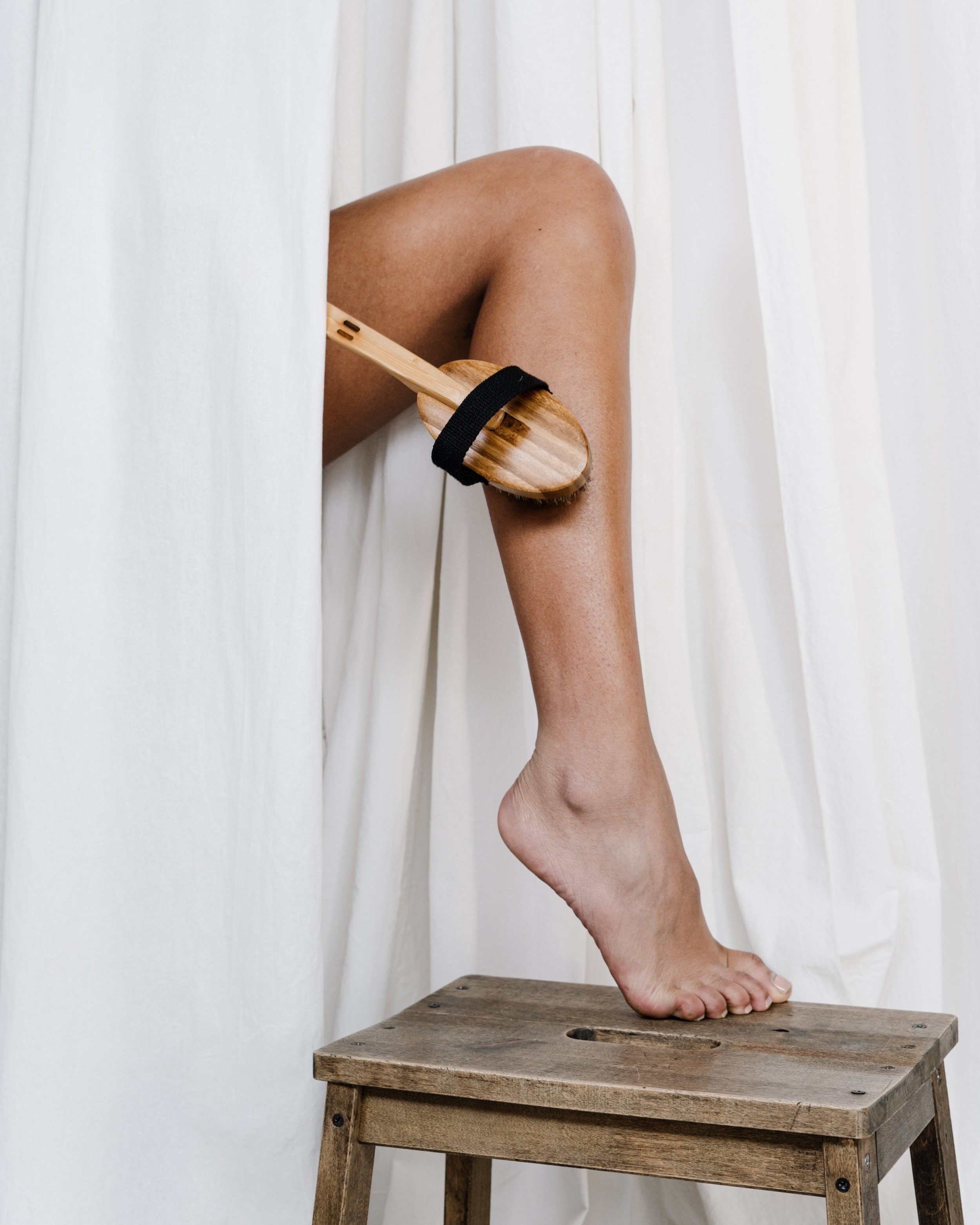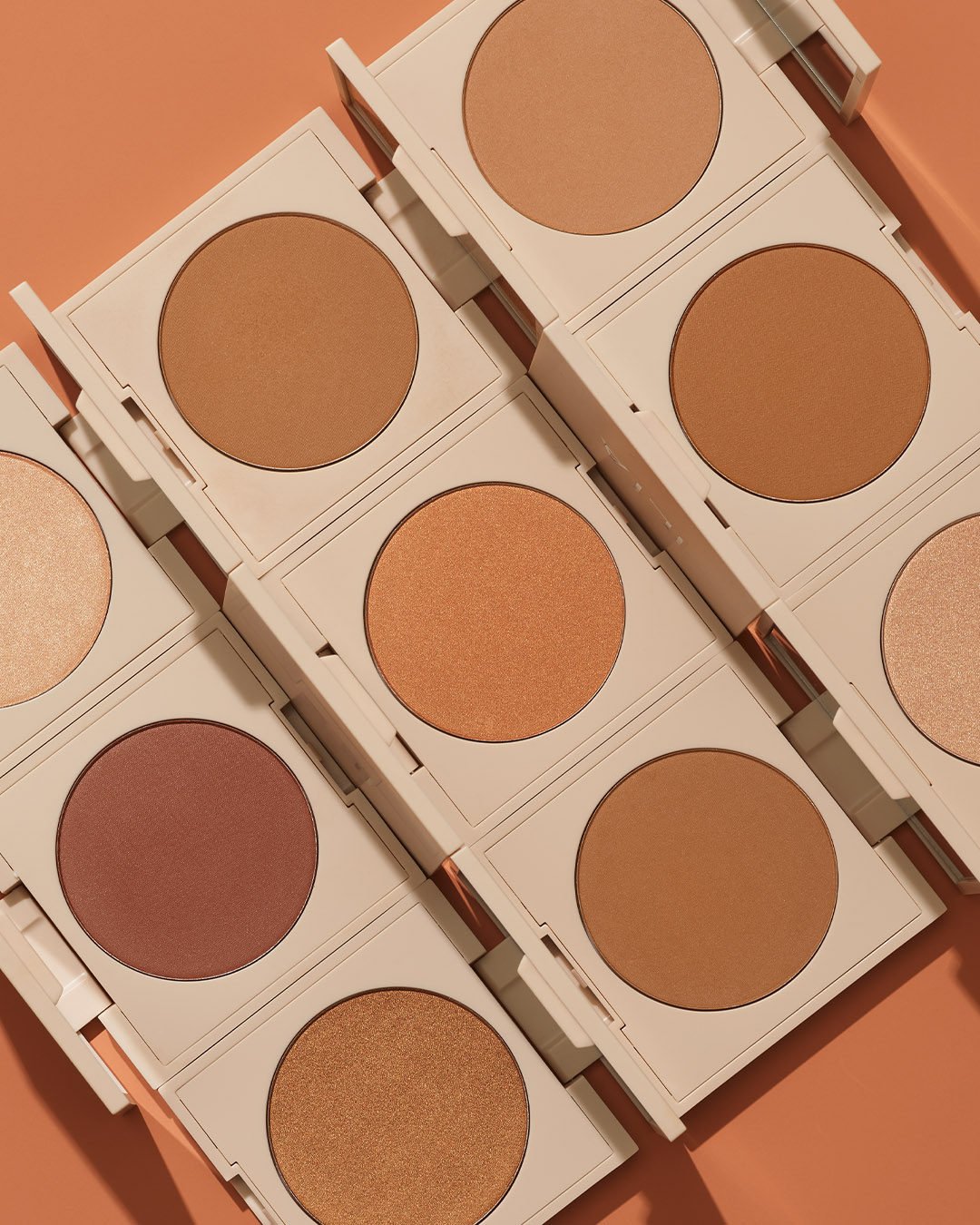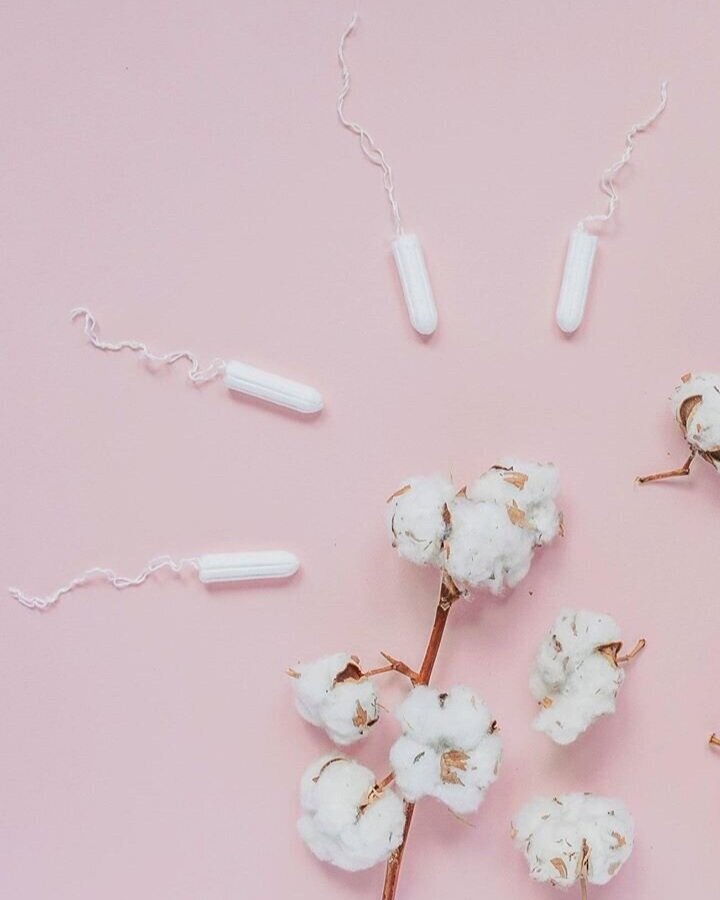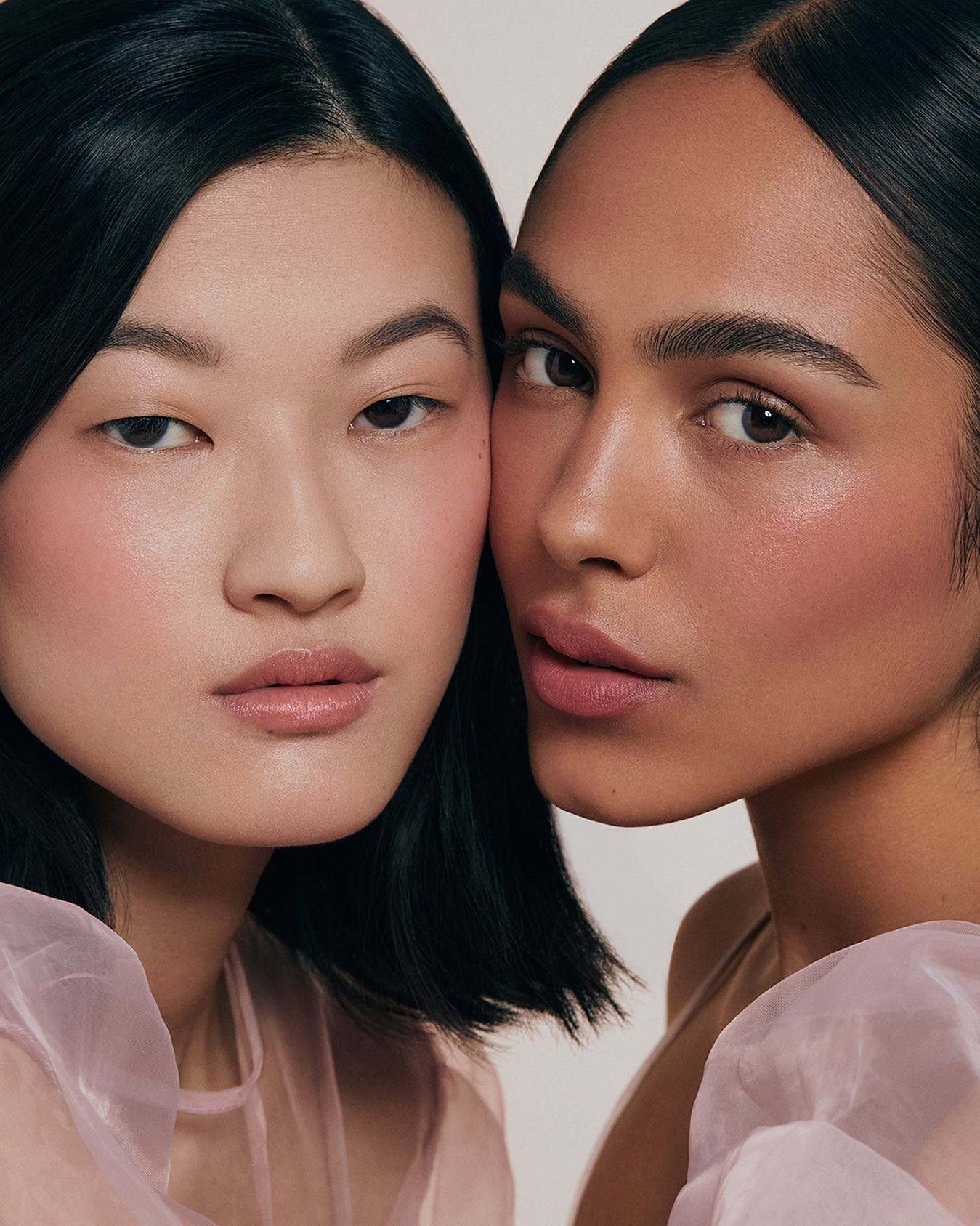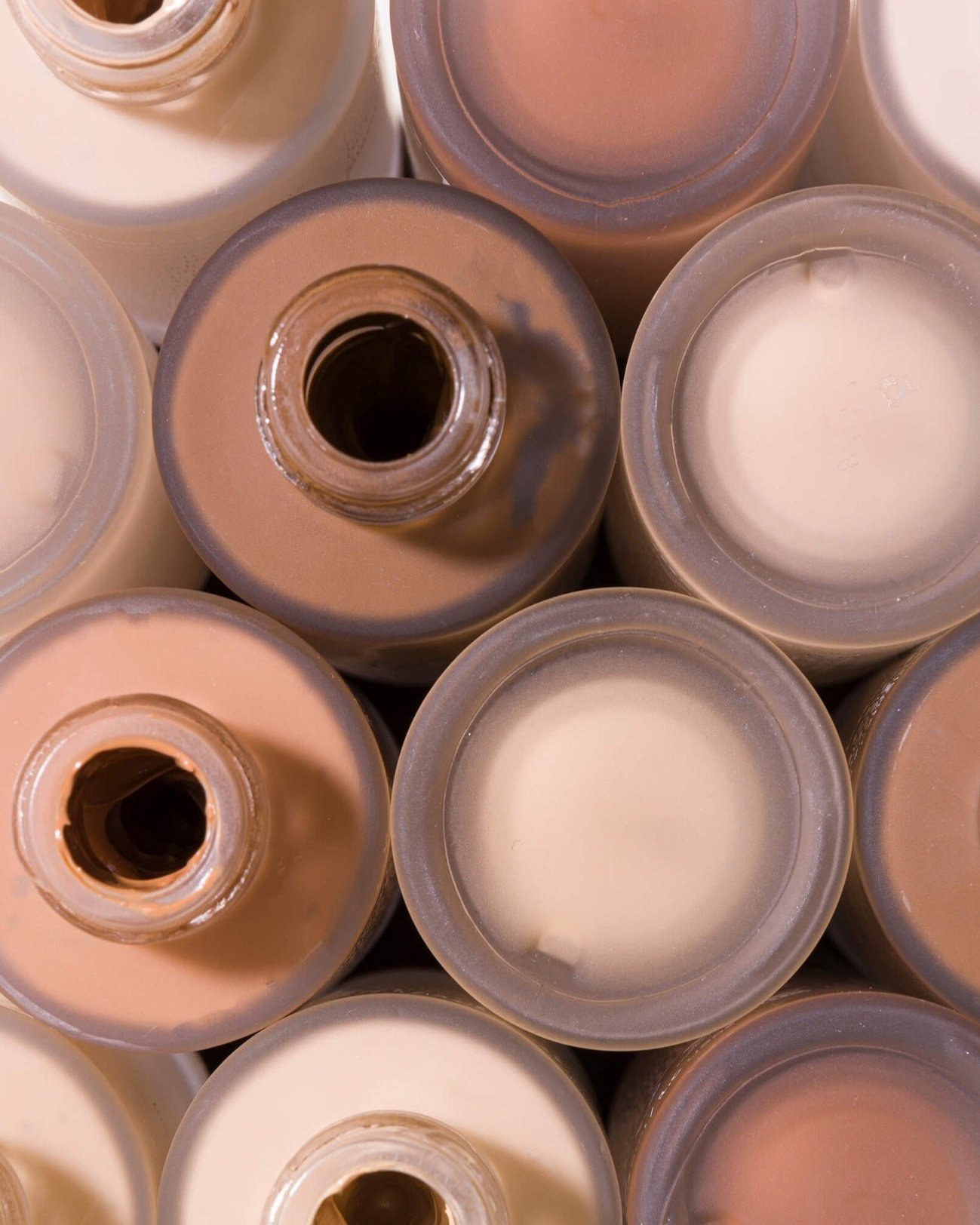Image: Nisolo
Disclosure: Some of the links below are affiliated; we may earn a small commission if you click through and make a purchase. We only ever add brands & products we truly believe in. Thank you for supporting the brands who are making the fashion industry a better place!
The Best Sustainable Heels For Dressing Up & Down
Let’s talk shoes! Even a few years ago, if you heard the words ‘sustainable shoes’, images of clunky, bland, unattractive shoes probably popped in your mind. Now you might think of sneakers or hiking boots as the shoe market is expanding.
What if we told you fun, fabulous shoes that you can feel good about actually exist? You might think it is like finding a unicorn, but it is not that hard anymore. How lucky are we to live in a time when more and more makers are pairing beauty with being thoughtful about the planet and environment? We would say very lucky!
The impact of the fashion industry on the environment
The fashion industry is notorious for its detrimental environmental impact. The industry has contributed significantly to climate change and pollution, from the excessive use of water and chemicals in textile production to the carbon emissions generated by transportation and manufacturing processes. Fast fashion, in particular, has exacerbated these problems by emphasizing quick turnover and disposable clothing.
However, sustainable fashion challenges the status quo and offers a more responsible alternative. By prioritizing environmentally friendly practices, sustainable fashion brands reduce their carbon footprint and minimize waste. One area where significant progress has been made is in the production of sustainable heels.
What are sustainable heels?
Sustainable heels are footwear designed and produced with the environment in mind. They are made using materials and processes that have a minimal impact on the planet. From sourcing raw materials to manufacturing and packaging, every aspect of the production is carefully considered to ensure sustainability.
One key feature of sustainable heels is the use of eco-friendly materials. Brands are turning to innovative alternatives such as recycled plastic bottles and upcycled apple peels to create fashionable and sustainable footwear. These materials reduce the demand for virgin resources and divert waste from landfills. We also want our heels to be made by people who are working in safe conditions and receiving fair wages.
Benefits of sustainable heels
Sustainable heels offer numerous benefits, both for the environment and for the wearer. By choosing sustainable footwear, consumers can actively contribute to reducing carbon emissions and conserving natural resources. Additionally, sustainable heels are often made to last, reducing the need for frequent replacements and further reducing waste.
In terms of style, sustainable heels do not compromise fashion. They come in various designs, from classic pumps to trendy block heels, ensuring something for everyone. Many of these heels are versatile and can be dressed up or down, making them a stylish choice for any occasion.
What Types of Eco-Friendly Materials Should We Look For?
For each pair of shoes, we made sure to include the material so you can learn a little bit more about why this shoe would be considered sustainable. For example, you can find veggie-tanned leather, vegan apple leather, recycled plastic, recycled cork, recycled rubber, and organic cotton. Also, each brand is known for its ethical production and quality making it a fully sustainable and worthwhile product!
Check out these brands for heels or wedges that can satisfy your need for both head-turning shoes and shopping choices you can feel great about.
Our Top Picks for Sustainable Heels & Wedges:
1. Laurel Braided Heel
Brand: Able
Price: on sale $68
Materials: Glove Nappa Leather
We love the look of these Laurel leather block-heel sandals! They will elevate any outfit while being comfortable to wear all day long. The braided double-strap is made with high-quality soft Napa leather perfect for comfort and paired with a low 2" heel for the right amount of lift. Able invests in women and is one of the most transparent brands in sustainable fashion today.
use code FREESHIPSC for free shipping
2. Fiorela Go-To Mid Heel
Brand: Nisolo
Price: on sale $135
Materials: LWG Leather
This gorgeous heel features a high-quality, breathable leather upper, functional 2” heel, and comfortable, soft leather. It’s a timeless design you can keep in your closet for many years! Find them in 3 different colors: Black, Caramel and Taupe Suede. Nisolo’s workers are paid beyond fair wages in safe working environments. It’s another sustainable fashion brand with excellent transparency!
3. The Buckle-Up Mary Jane
Brand: Poppy Barley
Price: $246
Materials: LWG Leather
We love a classic Mary Jane, and these ones by Poppy Barley feature an exaggerated buckle and gold metallic grommets! The super-soft leather and high-density memory foam insole make for a very comfortable heel. Poppy Barley is a Canadian brand and B-Corporation founded by two sisters in Edmonton, AB. They are committed to rethinking every step to create sustainably made products designed to be worn on repeat.
4. Ruffle Sandals
Brand: Will’s Vegan Store
Price: $82
Materials: Vegan leather from cereal crops, recycled rubber insoles, and rubber outsoles
The Ruffle Sandals are feminine & flirty for anything from wine tasting with friends to a date night. The ankle strap is adjustable for a great fit. The comfort insoles and block heel provide support for long wear. Will’s sets fair prices instead of using sales, as they don’t want to contribute to fast fashion or over consumption.
use code SUSTAINABLYCHIC10 for 10% off your entire purchase
5. Frida Heels
Brand: Veerah
Price: $328
Materials: Vegan neo-patent leather or apple peel, memory foam cushion, and repurposed algae insole
The Frida, which pays homage to the incredible artist Frida Kahlo, is a classic pump with flair thanks to its V-cut design. This classic comes in many colors, and you can add numerous accessories, too, such as changing up your shoes without buying a whole pair. Another plus, Veerah focuses on supporting causes that empower women and girls.
6. Lino Vegan Heels
Brand: Matt & Nat
Price: $95
Materials: Recycled PU
Another vegan heel option with a slightly easier price tag, Matt & Nat is a Canadian-based vegan brand that has specialized in footwear, bags, and accessories since it was founded in 1995.
These sweet heels come in three colors: Black, Off White, & Light Pink.
7. Pointed-Toe Chunky Heels
Brand: Vivaia
Price: $139
Materials: Recycled Plastic Bottles
These heels are antimicrobial & breathable and have an added back counter patch to help avoid blisters. The heel counter and toe box have been specially designed for ultimate comfort. Vivaia carefully picked its partner factory in China and is regularly audited for fair working conditions.
8. V Mule (or build your own)
Brand: Alterre
Price: $111-250
Materials: Recycled plastic heels, leather uppers, rubber soles, and cushioned foam
Alterre designs interchangeable shoes - change the strap or base and get a new shoe for less money and less waste. The V comes in classic and bold colors, with many chic strap choices. Alterre’s leather is sourced from a LWG certified supplier and laser cut to reduce waste.
9. Nerad Vegan Sandals
Brand: NAE
Price: $136
Materials: Apple Leather
A great pair of nude heels to go with any outfit! NAE's mission is to propose an animal-friendly and ecological alternative against human exploitation, making them a sustainable and ethical choice.
10. Yonce Glass Pumps
Brand: Cult of Coquette
Price: $240
Materials: PU Plastic
Want to feel like Cinderella? We found the perfect cruelty-free glass slipper! While these are made from plastic, they are made with PU rather than PVC. It’s a great heel for someone who wants a Vegan dress-up shoe!
The future of sustainable fashion
The future of sustainable fashion looks promising. As consumer demand for eco-friendly products grows, more brands embrace sustainability as a core value.
Technological advancements are also driving innovation in sustainable fashion. From developing new materials to implementing more efficient manufacturing processes, there is a constant effort to minimize the environmental impact of fashion. Collaboration between brands, scientists, and researchers is key to achieving these goals.
Supporting the sustainable fashion movement
There are several ways to support the sustainable fashion movement and contribute to a more sustainable future. Start by educating yourself about the fashion industry's environmental and social impact. By understanding the issues, you can make more informed choices as a consumer.
Support sustainable fashion brands by purchasing their products and spreading the word about their mission. Share your sustainable fashion journey on social media and inspire others to make conscious choices. Additionally, consider participating in clothing swaps or second-hand shopping to reduce waste and extend the lifespan of garments.
Day, night, leather, vegan, high heel, low heel, colorful, classic, whatever your style, you now have 10 great brands to choose from. Which is your favorite? Do you have other heel and wedge brands you love? Share in the comments. Let’s continue to support the growth of the stunningly sustainable shoe market.
By choosing eco-friendly footwear, we can positively impact the environment and support brands that prioritize sustainability. With a wide range of styles and materials, sustainable heels offer a stylish and conscious choice for fashion-forward individuals. Join the revolution and step towards a better future for our planet, one sustainable heel at a time.
And as always - love what you have!! The most sustainable heels are the ones you already own ;)
MAKE SURE PIN THE PHOTO BELOW TO SAVE THIS POST FOR LATER!
WANT MORE sustainable brands? VISIT OUR BRAND DIRECTORY!
Our Brand Directory is home to hundreds of sustainable brands, from makeup to cleaning supplies, from underwear to shoes. We have broken everything down by category for easy shopping, along with discount codes unique to Sustainably Chic viewers.





